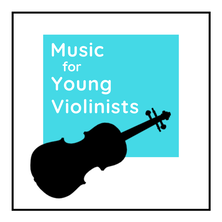|
Music for Young Violinists is hosting a sale from now thru the end of the month. Use coupon code: EADGC to get 50% off orders + receive a $20 *gift certificate with each order. *The Fine Print:
The gift certificate is limited to one per customer, is eligible for all sheet music in the M4YV online store, and is valid from December 2-31, 2021.
0 Comments
We have 2 more versions of the Jig for Fun: D Major for Violin & Da Major Viola (+ a *duet coming soon) Thank you to an awesome violin teacher in Perth, Australia, for suggesting this. I love hearing from you, and when time permits, I am so happy to honor requests such as this one to transcribe the Jig for Fun. Thanks for the encouragement and for making more music in this world!!! Are you interested in more fiddle music? I have many collections of sheet music HERE and will share some of my fiddle tutorial videos below. 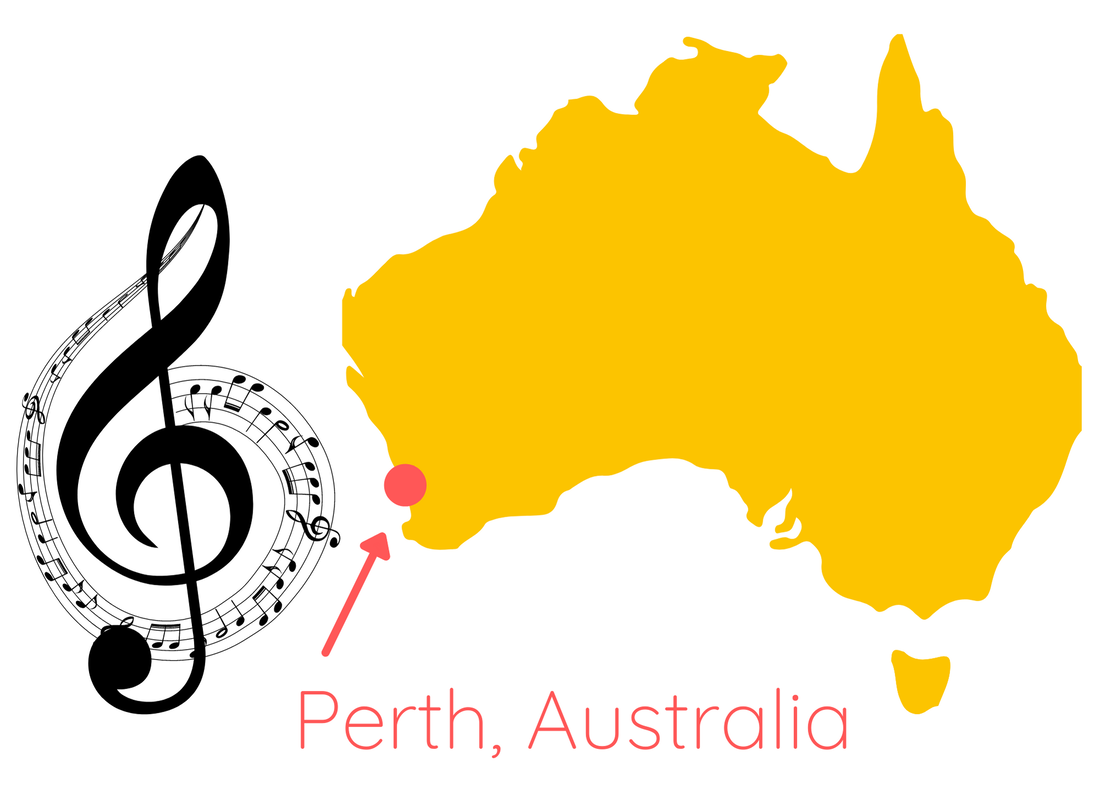 Even More Fiddle Fun:
Learning the violin, or any instrument for that matter, can be challenging for young children. However, many young children flourish when learning a musical instrument at a young age. By guest writer Nicole McCray. As a parent, it can be difficult to know when the best age or time you should enroll your child in lessons. While there is no honest definite answer for a specific age, there are some ways you can work to detect signs in your child that they are interested in learning to play the violin. Music lessons and education provide excellent benefits for children, from improved social skills to expressing emotions and higher academics. So if you notice that you have a child expressing interest in playing the violin, there are some steps that you can take to help foster and encourage them into learning how to play. #1- SIGN: THEY SHOW INTEREST IN THE VIOLIN Children have an innate interest in music with exposure since infancy, from nursery rhymes to lullabies. Sometimes children will show you how interested they are by explicitly asking for violin lessons. If they’ve asked for many things or you feel that maybe they are still too young to begin, give them some time, and see if they show a genuine interest or passion for playing before you decide to enroll them in lessons. It can take some time and continuous asking before you want to recognize their desire. HOW TO FOSTER: ENROLLING THEM IN VIOLIN LESSONS If they continually ask for lessons and you can detect that they are expressing strong interest, you might consider it an excellent time to enroll since they are still interested. In addition, enrolling your child in lessons is a great way to help encourage their learning to play, and they can work with a professional to help them advance in their skills. When you begin to look for a violin instructor, keep their age in mind. Platforms such as Music to Your Home teaches violin lesson for children starting at a very young age. Music teachers take a keen interest in being creative, developing fine motor skills, and the children's creative skills. You also want to ensure that the instructors have experience working with younger children. #2- SIGN: THEY FOCUS WELL ON THE TASK AT HAND Learning the violin requires dedication, practice, and patience to know that it will take time to develop. It also needs a student who is focused and can concentrate on improving. If you have a child that you can see focuses well on one activity at a time, this is an excellent sign that they could stay focused on learning the violin. An example might be if they are playing a game or working with a toy. You notice that they exercise patience in figuring it out, and even if they struggle, they still work through it till the end. These are excellent skills to have when learning the violin. HOW TO FOSTER: HELP THEM TO SET UP A PRACTICE SCHEDULE When your child starts to take violin lessons, they may become overwhelmed with all of the practice time necessary to learn to play well. As a result, they might begin to view playing the violin as more work than fun. It can help you encourage your child to find a way to consider practicing the violin as something that they want to do, rather than something they have to do. Help your child take control of themselves by setting up a practice schedule. Children are used to parents forcing them to do homework and chores, but letting them take the reigns for their violin practice will help encourage the want to play. And, if they set up the schedule themselves, they will also be more likely to stick with it. #3- SIGN: THEY LOVE MUSIC It may seem obvious, but to play any instrument, your child should love music. Of course, most children enjoy music, but if you can sense that your child has a real knack for singing in tune or loves to pick up that toy instrument and play to their heart's content, this is a good sign that they will want to learn to play. You might also notice your child has a talent when it comes to learning and applying music in such a way that you will feel compelled to enroll them in violin lessons. However, sometimes children have an aptitude for creating and understanding music, so that they even develop the skills to create their own music in a short time. HOW TO FOSTER: KEEP ENCOURAGING A LOVE OF MUSIC Children who listen to music and enjoy it with their parents will create an incredible bond and strengthen their relationships. So, think about incorporating music in fun ways, such as dancing and singing together at home, so that you can not only demonstrate the fun that music brings but help create a fun bonding time for you and your child. You can find other creative ways to encourage and foster their love of music. For example, bring your child to a concert, musical, or orchestral performance where they can hear the beauty of the violin or watch a performance together on television. Seeing the instrument being played can provide significant motivation for your child to aspire to improve their playing skills. #4- SIGN: THEY UNDERSTAND LETTERS AND NUMBER Some people believe that it can be more beneficial for children to start learning instruments before talking. While this can happen, a more detectable sign for you to know is that music is very technical. If your child can understand the alphabet, at least from the letters A to G (for notes), and counting to the number eight or ten, this is helpful when they start to learn the violin. Since reading music is an essential aspect of their playing, notes and letters will be a large part of their musical learning. HOW TO FOSTER: HELP THEM WITH MUSIC THEORY Music theory is a fundamental building block for learning how to play music. If you have any musical knowledge, you can help jumpstart their learning by ensuring that they understand those letters and numbers and how they apply to sheet music. You can even help them learn to count by giving them simple rhythms to bang out on some pots and pans, just as a fun exercise. Rhythms and beats are also an essential aspect of learning the violin, so helping them learn some fun and simple patterns will be an excellent tool for them when they begin their music lessons. #5- SIGN: THEY FIT THE INSTRUMENT There aren't very many instruments that are fit for young children, but sometimes you can access different-sized instruments to cater to younger children until they grow to require the average-sized ones. The advantage of the violin is that it is made in multiple sizes, so even if they are young when they show interest, it is not too early to start them learning how to play. HOW TO FOSTER: ADJUST THEIR SIZE AS THEY GROW Ensure that you research the best violins for children at the appropriate age since they differ in size. You can also consult with their violin teacher to decide what size will fit them best when they start and when to update and buy a new one as they grow and learn the instrument. #6- SIGN: THEY ARE FAST LEARNER Sometimes children are more independent and pick up the hang of things or activities quickly. If your child has an aptitude for moving at a faster pace or having better control over events and situations, this is a good sign that they will learn the violin. Since learning the instrument requires a lot of effort and practice, your child must have patience and have the stamina to learn something new without feeling frustrated or giving up too easily. Commitment is also a vital trait that they should possess. HOW TO FOSTER: HELP THEM ENJOY TO LEARN Naturally, as parents, we want our children to find the violin exciting and foster their talent, but sometimes children will play for a while and then seem to become less interested as time passes. Encouraging that commitment to stay with it when music pieces become challenging or they start to become less interested can help them push through that rough patch. As long as your child finds the violin fun, they won't usually view their practice time as tedious. But, you can still help ensure that they are enjoying themselves by finding ways to make their practice time more fun, such as creating fun, musical games out of their music theory terms or asking them to play through their piece for you and giving them a lot of praise for their hard work. OTHER HELPFUL TIPS TO FOSTER YOUR CHILD’S TALENT While there may be many instances where your child is inclined to learn the violin, it will always come down to whether you are ready as a parent to enroll them in lessons. However, there are some things that you can begin teaching and helping your child to understand ahead of time if you sense their inclination to learn the violin. A great violin teacher can sometimes make all of the difference between having your child love learning their instrument. So, it is a big part of your job to ensure that you are locating the best teacher to help your child learn and that they can cater to your child's needs when it comes to learning to play. Other helpful tips to consider when encouraging and cultivating your child’s talents include:
Ultimately it is up to you as the parent to decide when your child is ready to begin violin lessons and learn how to play. However, it is just as vital for you to be prepared to be there to help encourage them along in their journey. Any time you can take to help them practice, find the best teacher, and understand the financial cost of putting your child in violin lessons are also part of the process. While it can be stressful and challenging for your child, learning the violin can bring them some fantastic benefits and advantages to apply to their lives as they grow and develop. A special thanks to our guest writer Nicole McCray for sharing this piece with the Music for Young Violinists audience. As always, we love hearing from you, and if you are inspired to share something, please write in the comments below. Thanks!
It was one of those weekends where I was going to post this three days ago (and the day got busy), then two days ago (again, a busy day), and then one day ago - phew, ever have one of those experiences? Forgive me in advance if I missed typos or do some weird grammar; I decided that done is better than perfect and gave myself a 15-minute challenge to get this posted and out to you. This Flash FREEBIE is a fiddle tune - yay, and can be downloaded below for the next 24 hours.
You can also check out the store to take advantage of the final days of the annual Back to School Sale, where all sheet music is 50% off regular prices. Happy Music Making! Heather PS - If you missed it, here is the last post that shares my puppy and the gift I send in the mail with w/every order. It's true; everyone who purchases from the Music for Young Violinists store gets some personalized Mail JOY from me (aka "snail mail"). Keep scrolling to see what this is and meet my 14-month old Great Dane puppy. It's also true that I love purchasing hard copies of music on thick paper, bound in a collection (raise your hand if you love this too).
In a perfect world, we would all live next to an amazing sheet music store and could pop by anytime we want to get specific materials for beginning-intermediate level violin players. It's neat to envision that, but until this is available, it's my honor to share downloadable sheet music resources with you. These collections came from my direct experience teaching beginning-intermediate level violin players these past 25+ years and were all inspired to fill a void in the existing materials as well as celebrate advancing skill levels. Since I love the traditional hard copies of sheet music printed on durable paper, I send every patron a piece of mini-music and some fantastic violin-themed stickers. Make a purchase at the annual 50% off Back to School Sale, going on thru the end of the month, to have these *mementos of joy show up in your mailbox. *Puppy not included. Every once in a blue moon, I turn on a computer that sits in a drawer and is so old and broken it doesn't do much but serve as a net for my old ideas. I found one, played around with it and the FREEBIES page now has a new Jig called Jig for Fun (if you have a better idea for a name, please let me know). This new FREEBIE is indeed fun, easy to play, easy to memorize, and perfect for beginning-intermediate level players. All bowings are just suggestions, so play around to find what works best for your style.
The Jig for Fun is waaaaaay down on the FREEBIES page, so pour yourself a cup of tea and get ready to scroll to find it HERE:) What's a "Bonus Bundle?" Bonus Bundles are curated collections of similar supportive resources offered at a special price that equals 3 for the price of 2, or better! That's more music, inspiration, and joy to support you on your music-making journey. Currently, the Music for Young Violinists project has the following 5 Bonus Bundles: Holiday Bonus Bundle
LARGE Print Music Bonus Bundle Fiddle Music Bonus Bundle Teaching Bonus Bundle Scales Bonus Bundle Click on the links above or pics below to learn more. Learn a 5 part progression for teaching rhythms to violin students using the Blue Jello Cards from the Music Mind Games materials + 4 additional ways to integrate advanced students in multi-level classes. 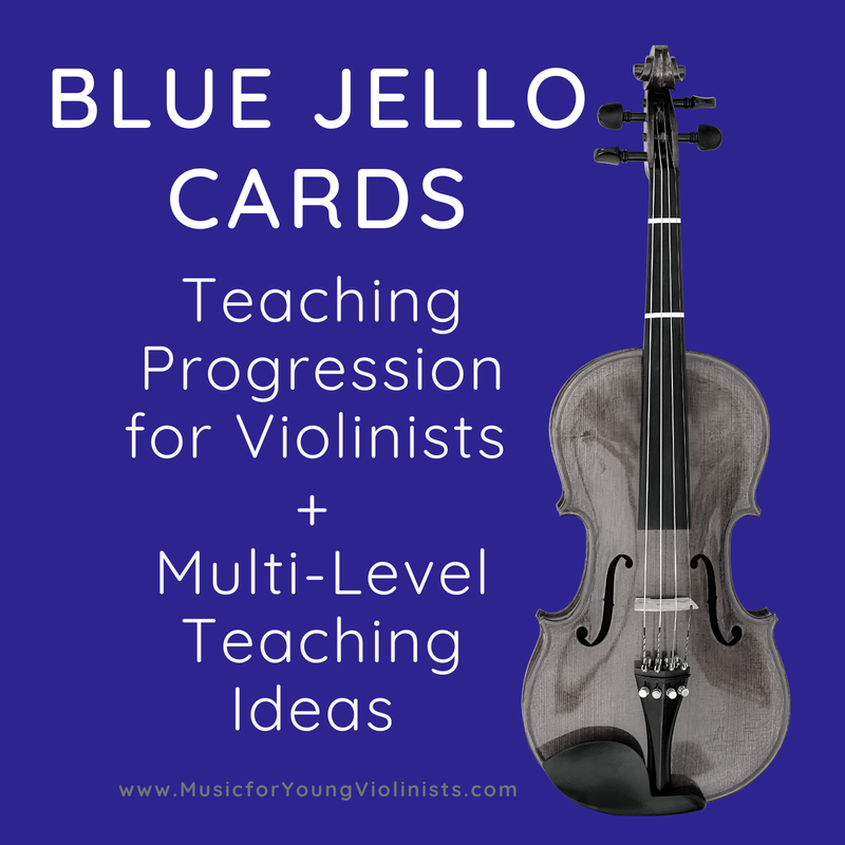 Music Mind Games is a music theory curriculum created by Suzuki Piano teacher Michiko Yurko, and it involves a series of colorful materials and progressive games for teaching music theory to children. The entire curriculum is one of the best I have ever seen for effectively teaching complex concepts in natural, developmentally appropriate ways for children. As I progressed in my violin teaching career, the reality of limited time pushed me to narrow my music theory offerings, and the one thing I kept teaching consistently from the extensive Music Mind Games curriculum was the Blue Jello Cards used for teaching rhythm note reading. I developed a 5 part approach for using these for violinists and four challenges to engage and integrate my more advanced students in multi-level teaching situations. On a fun, personal note, I credit the effectiveness of the Music Mind Games curriculum for spawning my career as a composer. After many years of teaching the basics using the Blue Jello Cards, my rhythmic dictation got so strong that I would transcribe different languages into rhythms in my head when I traveled to different countries and use these to compose music. In this video, learn a progression using the Blue Jello Cards from the Music Mind Games curriculum specific for benefitting violinists. The progression shared in the video is: 1- Speak cards (optional hand symbols). 2- Sing in ascending scale. 3- Air bow while speaking/singing. 4- Play on an open string. 5- Play as an A major scale. * Add marching to any of these steps. Have multi-level classes? Learn four additional ways to integrate advanced level students in a challenging and engaging way: 1- Stay on the same open string pitch as the rest of the group but do each card in a different position (i.e., 1st card in III positions, 2nd card in IV position, 3rd card in II position, etc.…) 2- Again, stay on the same open string pitch as the rest of the group but play each beat in a different position (II, III, IV, III, II, I, etc.…) 3- Play a different scale for each card. 4- Improvise a melody. Learn more at www.MusicMindGames.com. More Ideas from M4YV for Teaching Music Theory: Pipe Cleaners & Music Theory/ Blue Jello Cards - Learn a cheap, hands-on, colorful, and easy clean-up activity to support teaching music theory and the Blue Jello Cards to young musicians. The Magic Bag - a Metaphor for the Learning Process - Learn a "magical" way to create a learner's identity in young students using the Blue Jello Cards. How do you teach rhythm and/or music theory in your studio? Let us know in the comments below.
Warm-Up Routines for Violin (tutorial video & PDF chart) uses a simple but powerful open string exercise to learn 13 different technical exercises for beginning, intermediate, and advanced level violin. This resource is for both teachers and students. Teachers can use this to help create a framework of goals to help their students advance the quality of their music-making while developing technique and tone production. This resource is also designed for students to identify what level they are at and take responsibility for ensuring they accomplish the expectations that should be studied at that level. By the end of this tutorial you will learn: 1- Why it is so important to do this warm-up, holding on to the edge of the violin even if you are no longer a beginner. 2- Another reason why every violin teacher should purchase a roll of painter's tape (seriously, this stuff has no end of useful purposes & you will thank me later). 3- A weird but super cool way to use the violin to play the bow (yep, that's not a typo, you read that correctly). Watch the tutorial video below and download the free accompanying PDF chart on the M4YY FREEBIES page. Learn more about the "Violin Teaching Supplies - From a Hardware Store" video referenced in the Warm-Up Routines for Violin tutorial below. Learn more about the "Tiger Paws & Table Corners" technicals also referenced in the Warm-Up Routines for Violin video below. Poland, Portugal, Puerto Rico, France, New Zealand, Australia, England, South Africa, Mexico, Brazil, Norway, Finland, Argentina, Canada, Serbia, United States, Turkey & More! Friends, I am blown away at how music can connect us. The list above is a partial list of some of the musicians who support the Music for Young Violinist project. I am feeling so grateful to have the opportunity to connect. Below is a picture of the thank you notes and neat sticker gifts that I send to all purchases, and they go out to musicians from all over our planet. It warms my heart to share resources that nurture *young violinists. Thank you!!!
*young is a state of mind, not a number :) Here are 2 new FREEBIES that feature the major 7 and harmonic minor 7 arpeggios. The traditional string methodology does not always add these until advanced curriculums, but I see no reason why not. They sound neat and build a bridge to more contemporary-sounding music. These are from a 4-part arpeggio FREEBIE series. You can access Arpeggio Study #1A & Arpeggio Study #1B at these links for a limited time (or keep scrolling down the blog for recent entries). To celebrate this new series of FREEBIES, all of the M4YV arpeggio and scale sheet music collections will be 60% off from now thru the end of the month: One Octave Scale and Arpeggios for Violin One Octave Scale and Arpeggios for Viola 13 Bowing Patterns for Scales 7 Bowing Studies for Beginning Violin Happy music making! Heather
This arpeggio study is the 2nd in a series of 4 new arpeggio FREEBIES, and the accompanying minor version to the 1st posted major version. I am confident that you will find something new in these resources to help you bring out the best in your music-making, whether you are a beginner or a veteran teacher. To celebrate this new series of FREEBIES, all of the M4YV arpeggio and scale sheet music collections will be 60% off from now thru the end of the month: One Octave Scale and Arpeggios for Violin One Octave Scale and Arpeggios for Viola 13 Bowing Patterns for Scales 7 Bowing Studies for Beginning Violin
Scroll down for a new, 2-page G Major arpeggio study, free PDF download. This will be the 1st in a series of 4 new arpeggio FREEBIES, and I am confident whether you are a beginner or a veteran teacher, you will find something new in these resources to help you bring out the best in your music-making. Arpeggios are beautiful just as they are, but even more rewarding is that we learn pieces faster when we devote practice time to our arpeggios. How? Because arpeggios are the "ingredients" that make music, think of arpeggios as the tomatoes and music as the spaghetti sauce. To celebrate this new series of FREEBIES, all of the M4YV arpeggio and scale sheet music collections will be 60% off from now thru the end of the month: One Octave Scale and Arpeggios for Violin One Octave Scale and Arpeggios for Viola 13 Bowing Patterns for Scales 7 Bowing Studies for Beginning Violin
Happy February! Every year in this month, I celebrate Fiddle music. It started in my studio as a way to brighten up the dreary winters here in the Pacific Northwest and became a fun tradition. Enjoy this flash FREEBIE of Mississippi Reel for Violin and Viola in the key of D Major. I will take this down in one week from posting, so please help spread the good news and tell your fiddle friends to take advantage of this easy and free download. For more fiddle music from the M4YV project, click HERE. Sorry, you missed out on this flash FREEBIE available for 1-week.
Please sign-up for the M4YV mailing list to be alerted to future flash FREEBIES. This fun fiddle tune is still available for instant download in the M4YV collection Let's Fiddle!!! Did you know there are 4 ways to do the "spider crawls" on the bow? Learn all 4 ways, neat tricks for teaching and learning these and get introduced to the ultimate challenge with a short tutorial video below. Guest author Adrian Martinez helps tackle one of the most popular questions - how long does it take to learn how to play the violin? How long does it take to learn the violin? We’re going to start by responding to this question with what is perhaps the most frustrating answer: it depends. First, it depends on what you mean by “learn.” Within a day, you might possibly be able to play a few notes - within a week, you might be able to play those notes in a way that kind-of-sort-of sounds like a song. You might then say you’ve “learned” the violin. On the other hand, if you’re asking how long it takes to master the violin, you might fall back on Malcolm Gladwell’s 10,000 hours, or you might be really impish and say that absolute mastery is impossible. After all, music is ever-growing and changing, and even micro-adjustments to technique can produce totally different sounding songs. We might then look at the extraordinary variety inherent in humankind. There are so many different students, each with different levels of experience. Someone who has played the guitar before might find it easier to develop a left-hand technique than a total novice. On the other hand, another guitarist might find the lack of frets daunting and disorienting, which could curb their progress. How you’re learning can also be a pretty important factor. Whether or not you’ve got a personal instructor, if you’re taking online music lessons, if you have access to sheet music, or you’re just trying to guess for yourself. Other factors include:
Of course, you’re not here reading this blog post for the answer “it depends” - though elaborating on why it depends can help you narrow down what your goals and potential barriers might be. We’re going to make some assumptions, then. We’re going to assume you’ve never played an instrument before, you don’t know any music theory - that you’re basically a complete beginner. We’re also going to assume you practice for around 5-6 hours a week (an hour a day with a day or two off or 45 minutes every day) and that you have a teacher. Month 1:The first month is all about the absolute basics. You’ll learn how to hold the violin and the bow (and yourself). You’ll also learn the basic anatomy of a violin. It’s unlikely that you’ll use the fingers on your left hand during the first month; instead, you’ll focus on your bow technique. You will do exercises like this & this (click on the links for some fun YouTube tutorial videos from M4YV). You’ll also begin to learn the basics of music theory - mainly how to read sheet music. Learning about music theory is an ongoing discipline. There’s an incredible depth, diversity, and richness to theory, especially once you start going outside of the Western canon, so there’s a lot to learn here.
|
Categories
All
Archives
February 2024
AuthorHi! It's me, Heather. I absolutely love working on the Music for Young Violinists project and all the many facets: blogging, website, music, teaching materials, freebies, videos, newsletter and giveaway contests. The best part is connecting with you so feel free to drop me a line. You can learn more about me on the "ABOUT" page. Thanks! |
||||||||||||||||||||
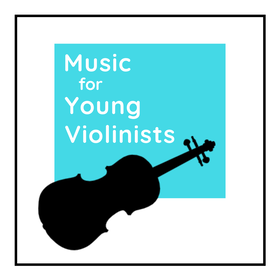
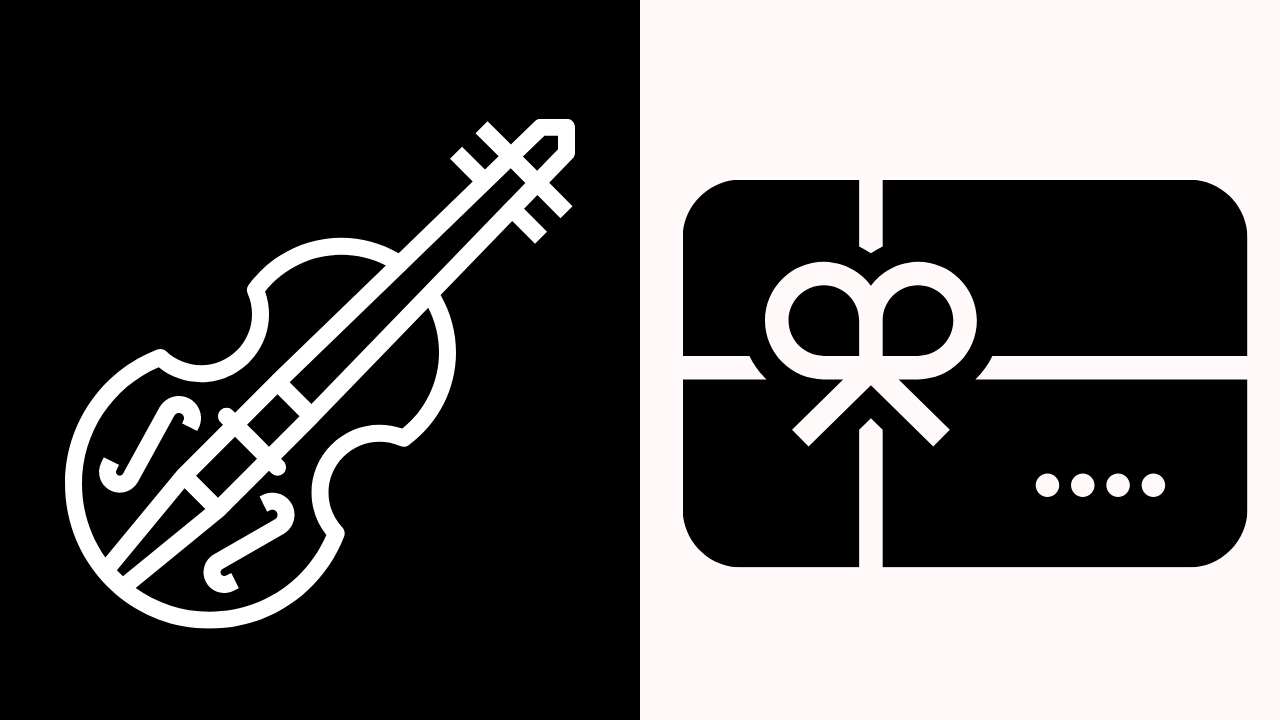
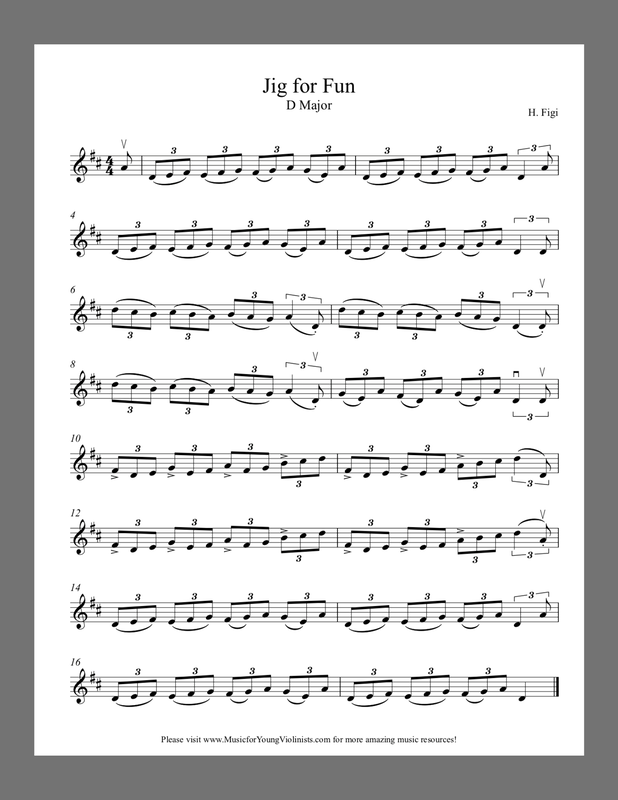
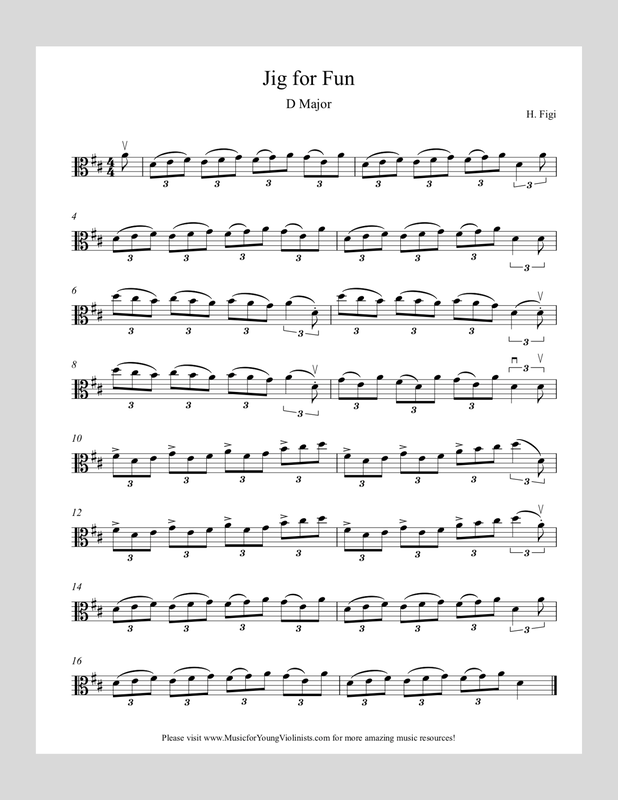
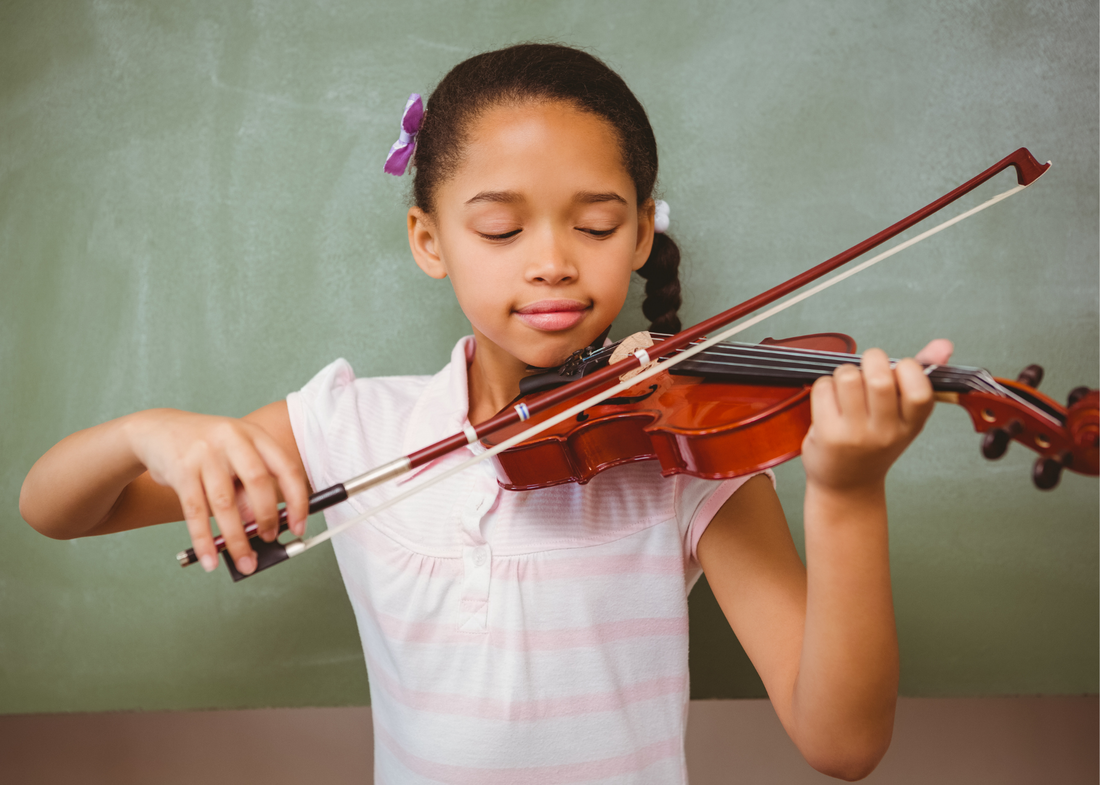
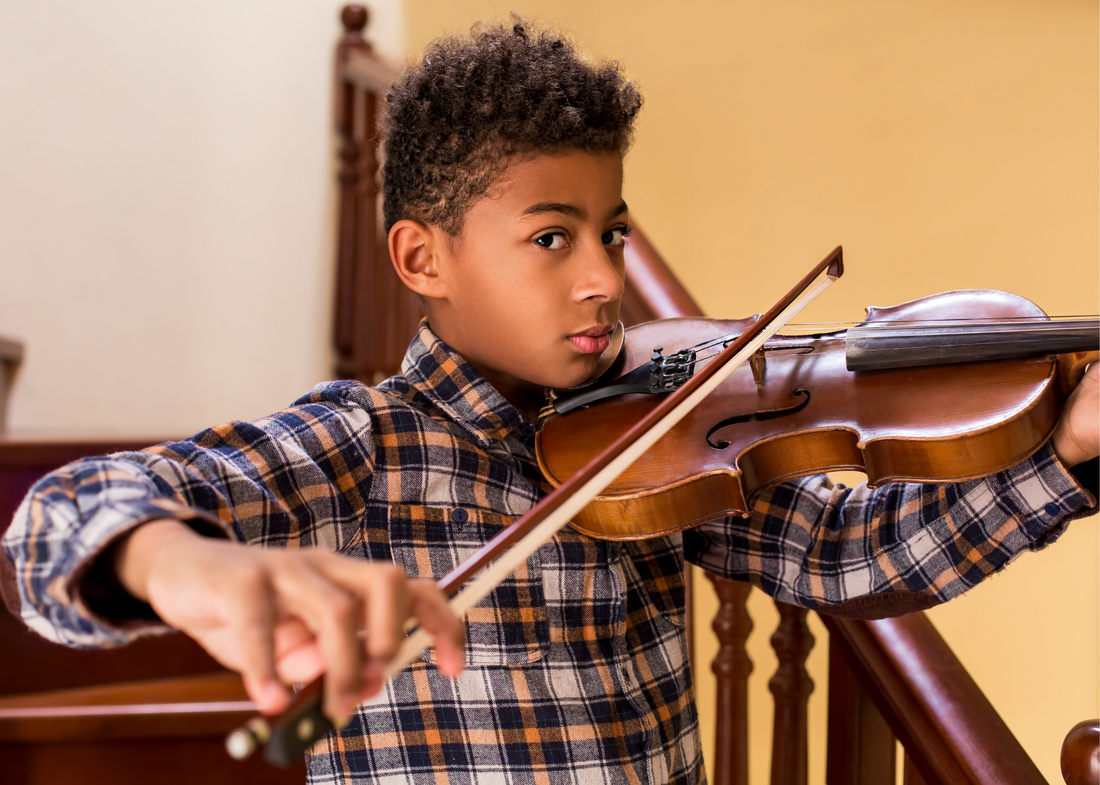
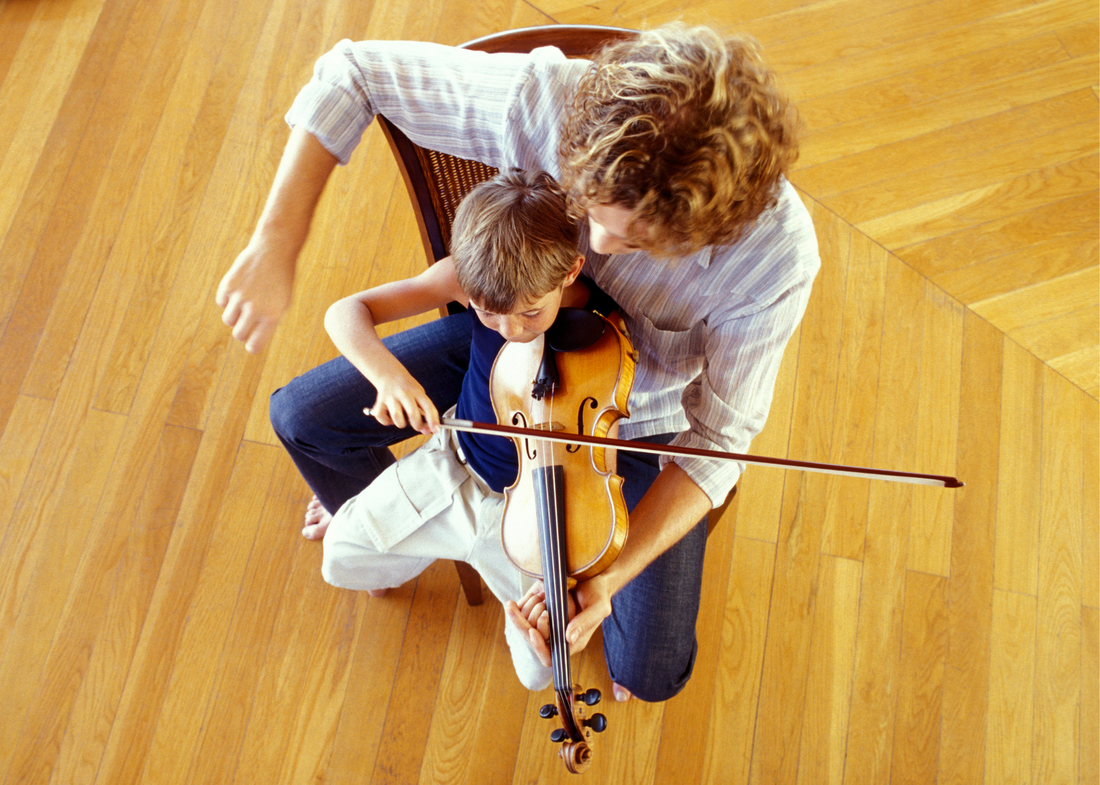
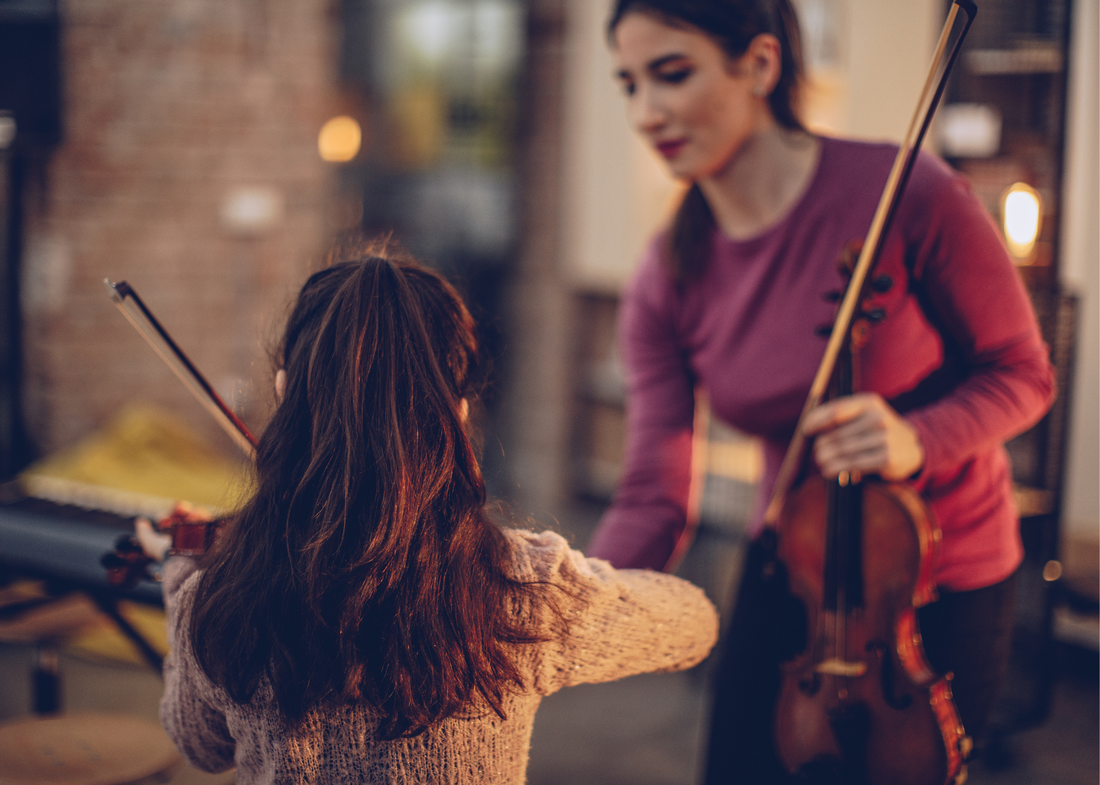
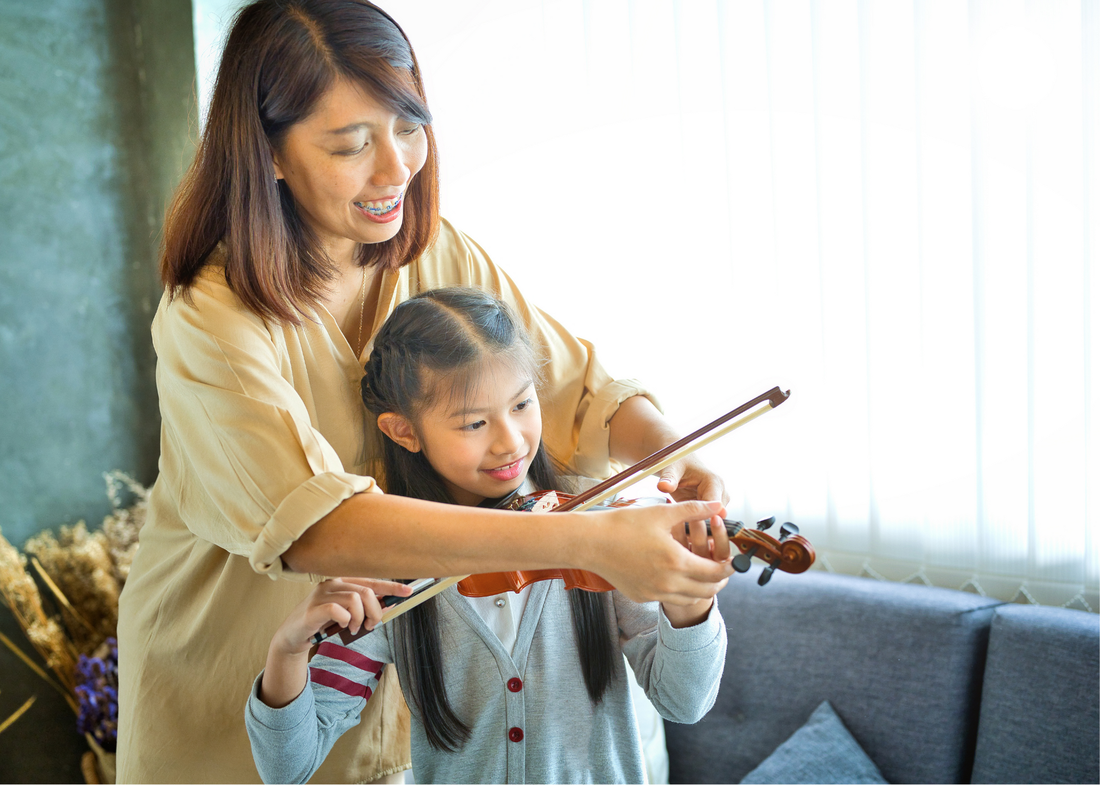
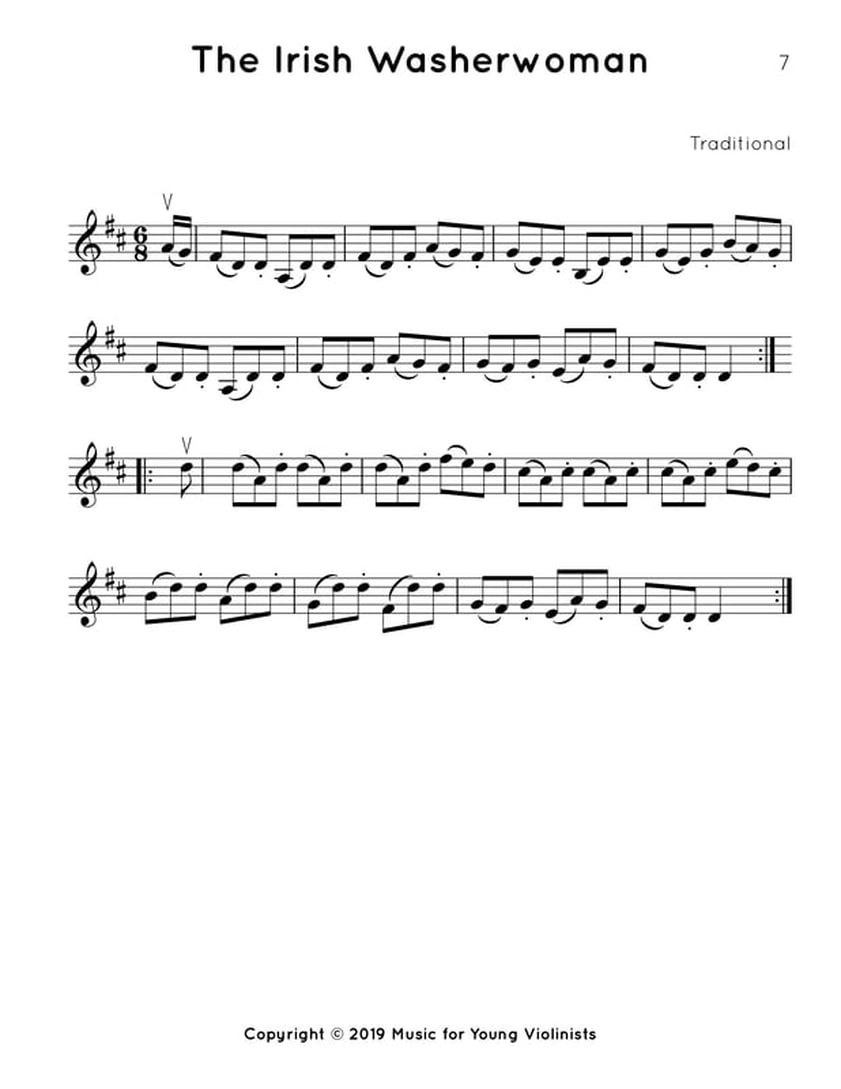
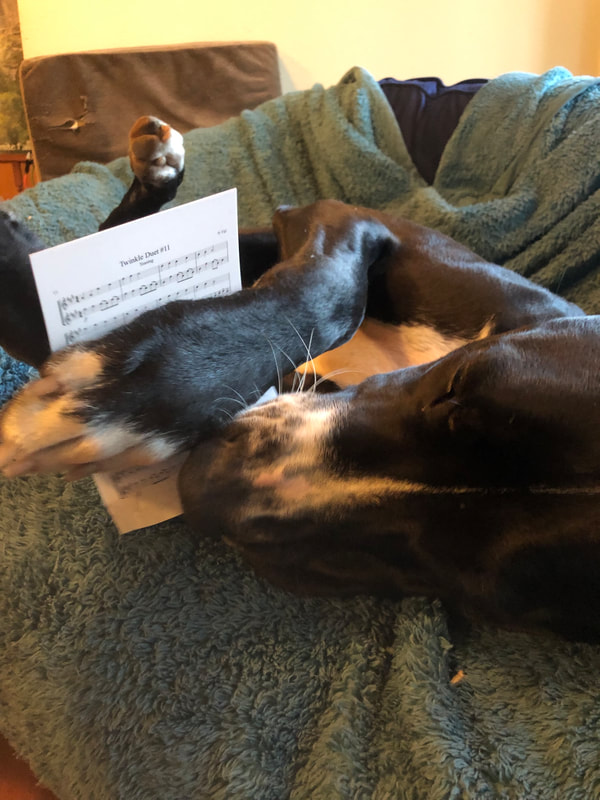
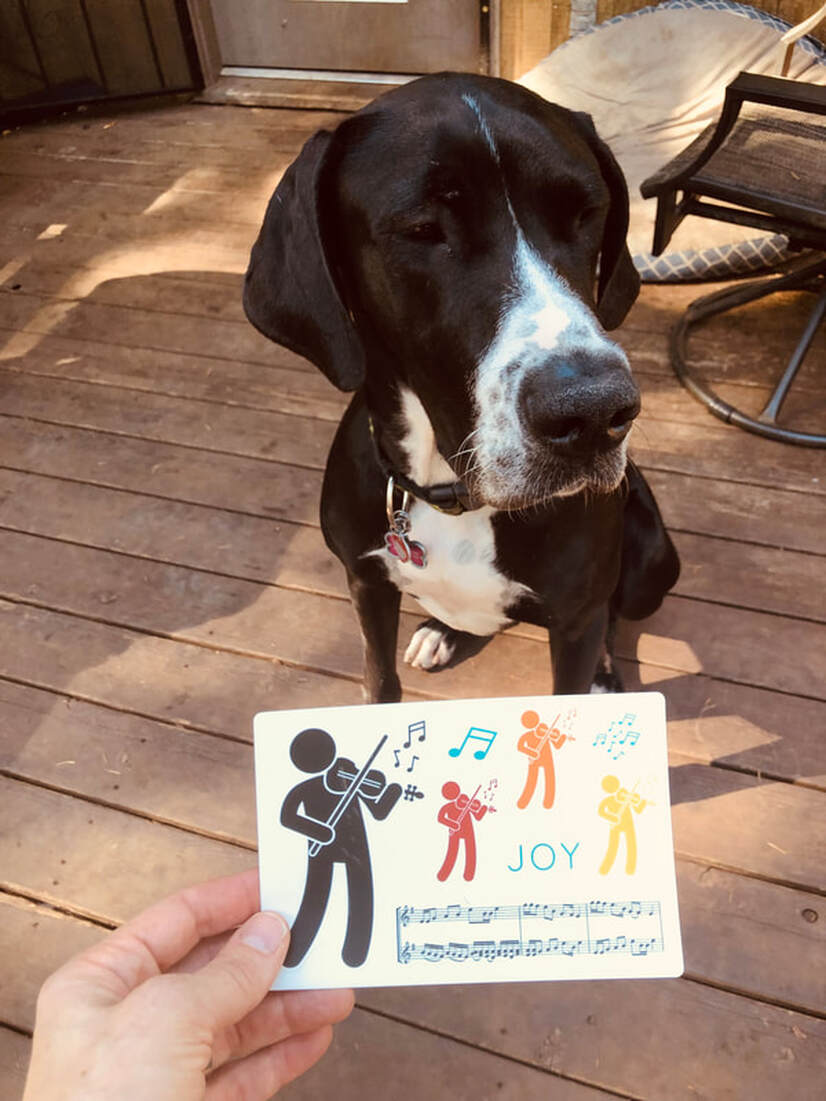
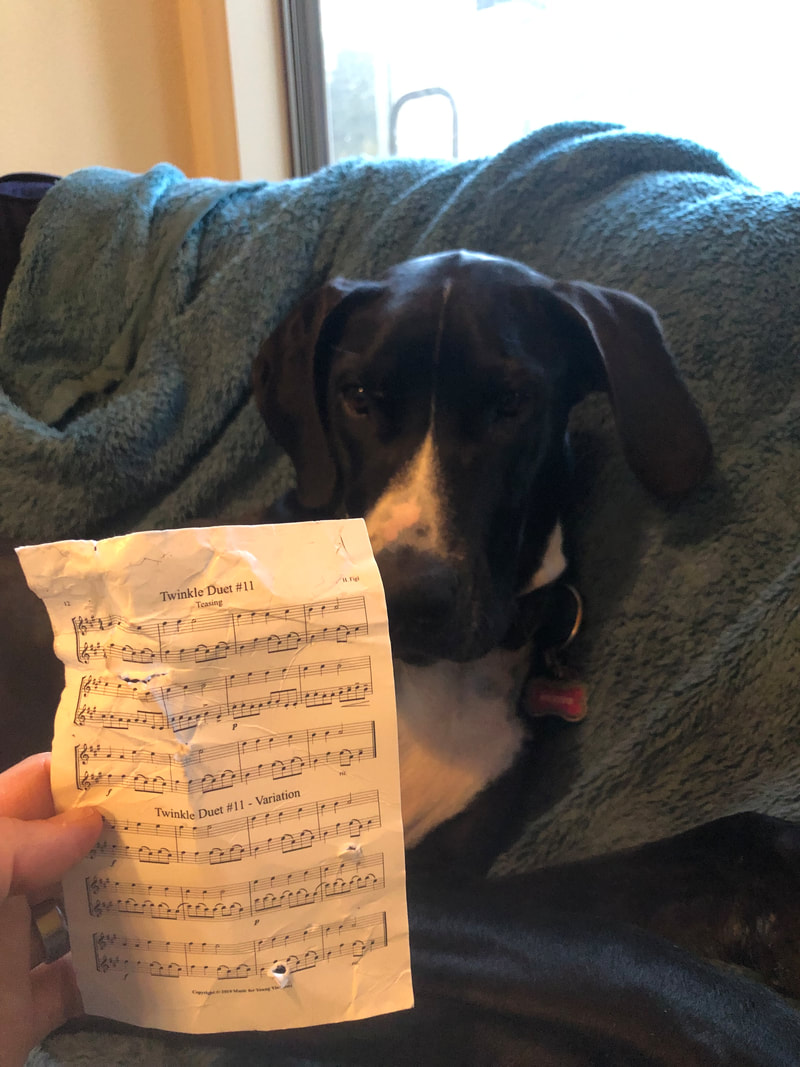
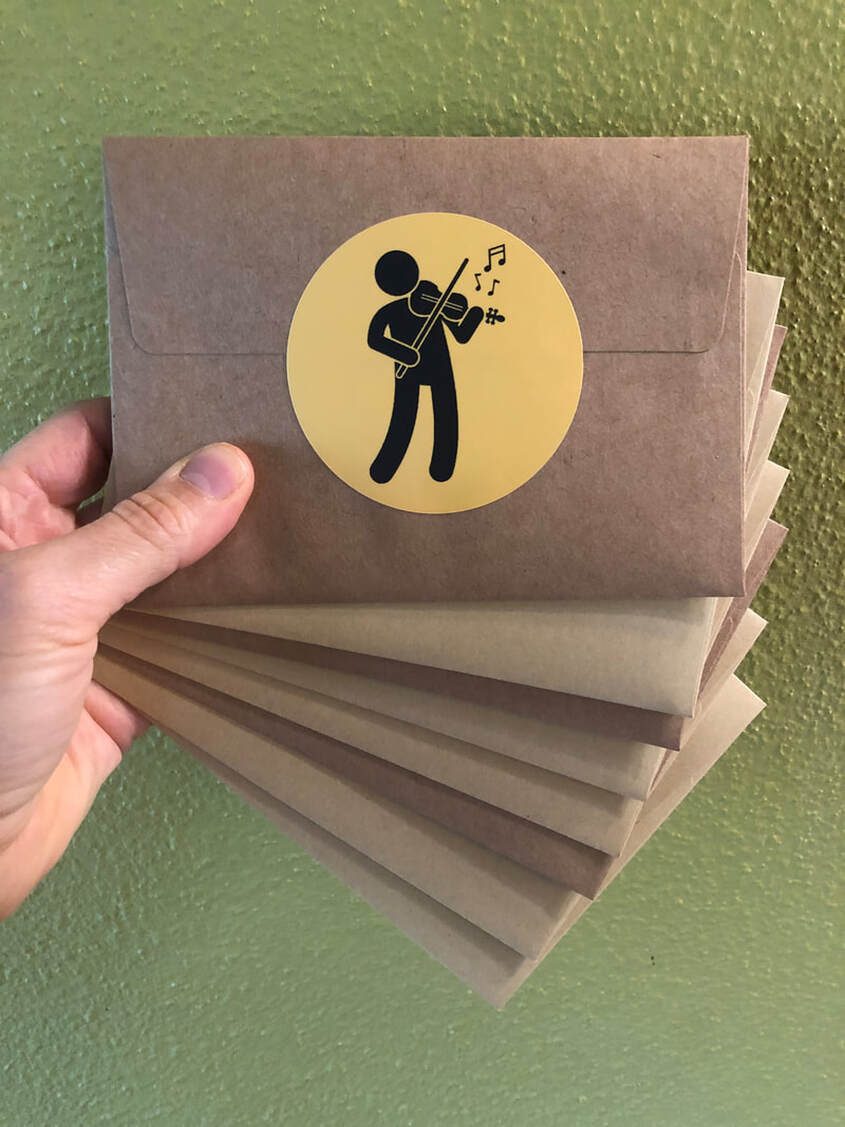
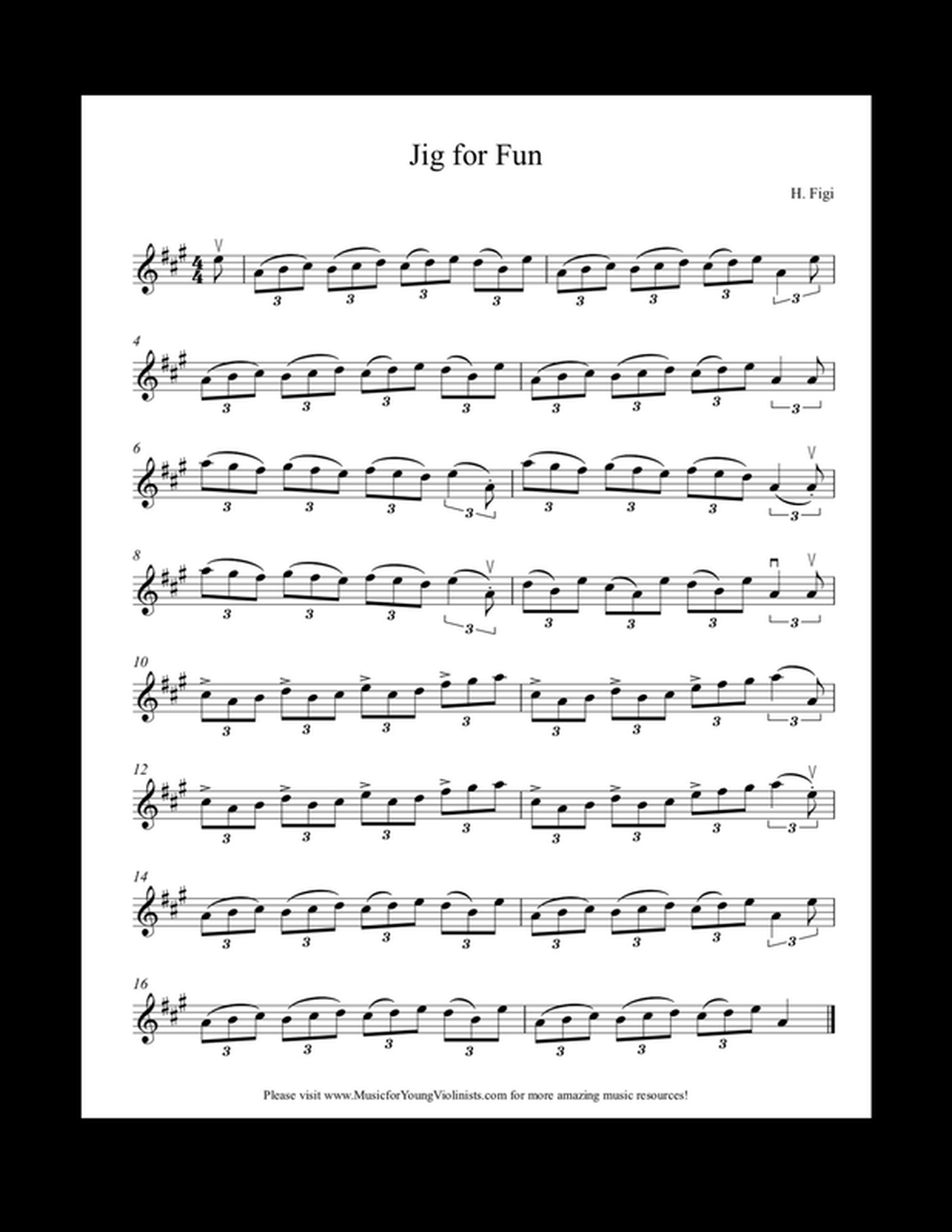
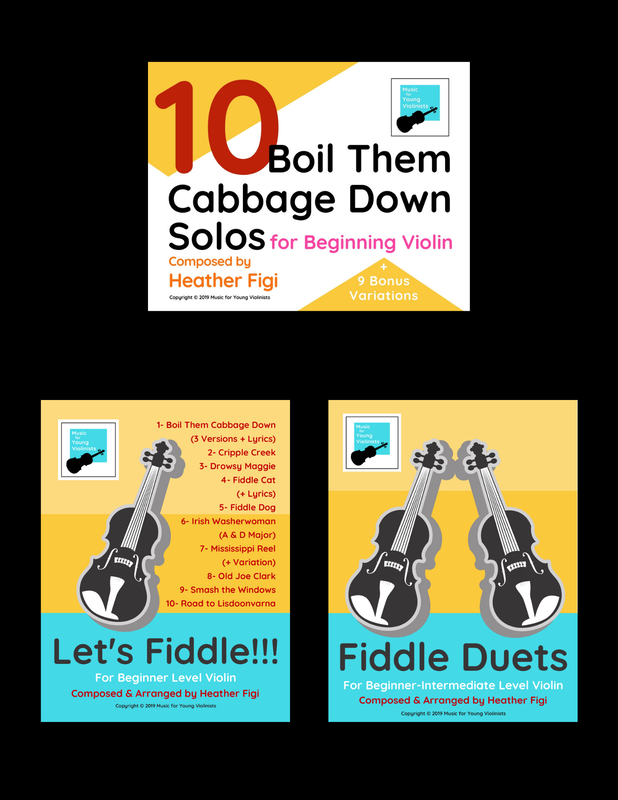
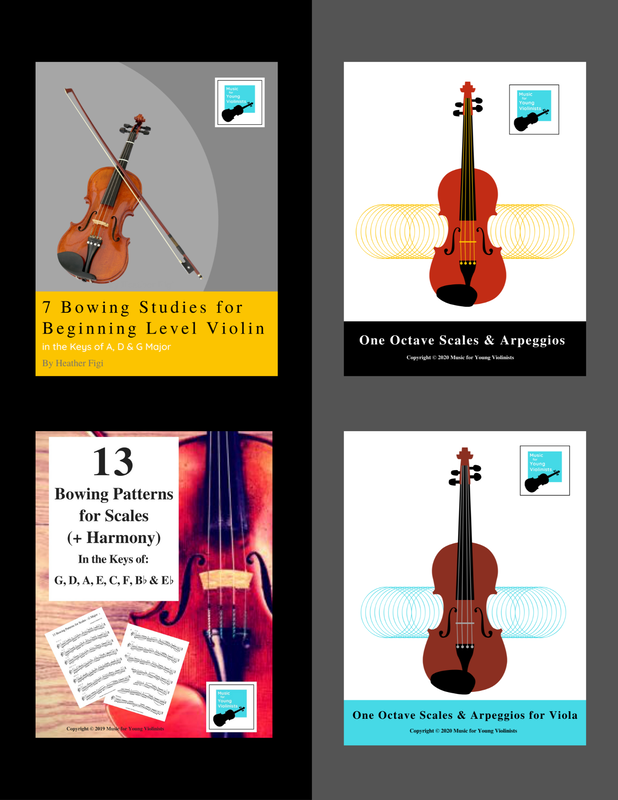
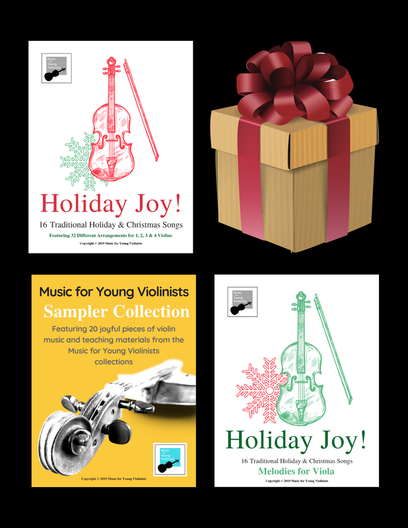
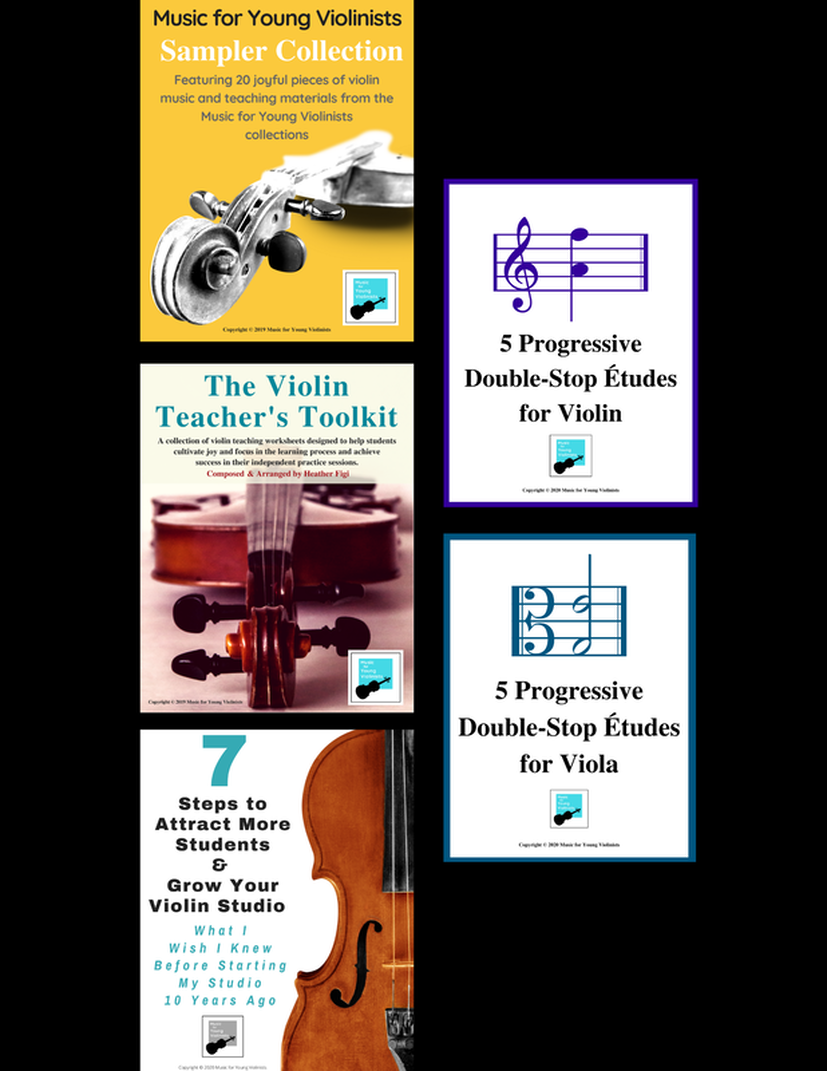
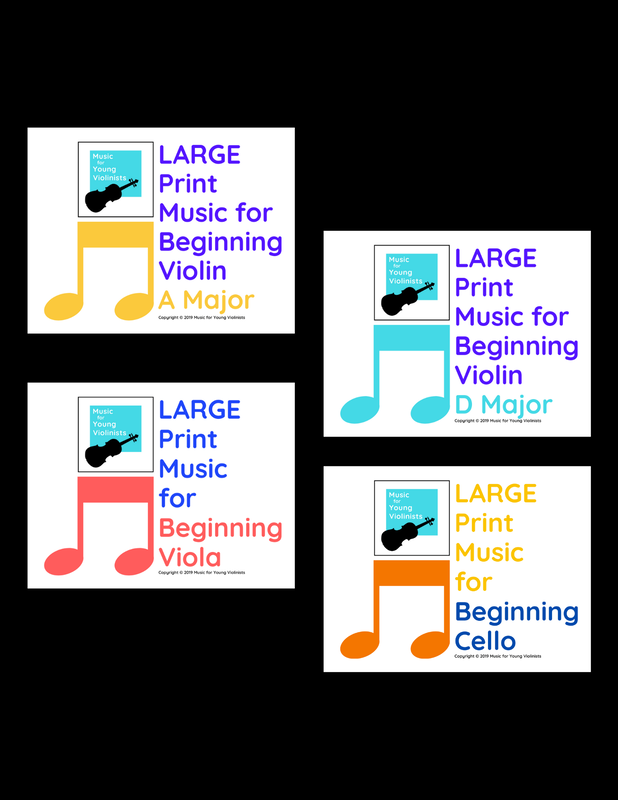
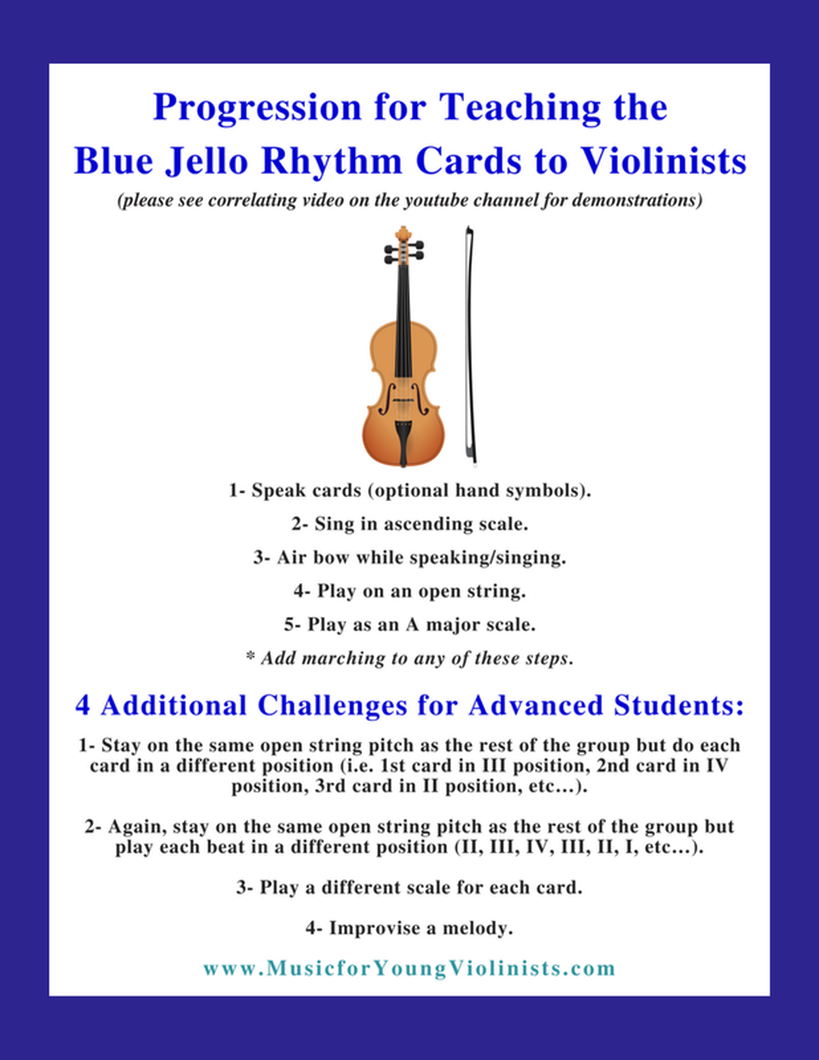
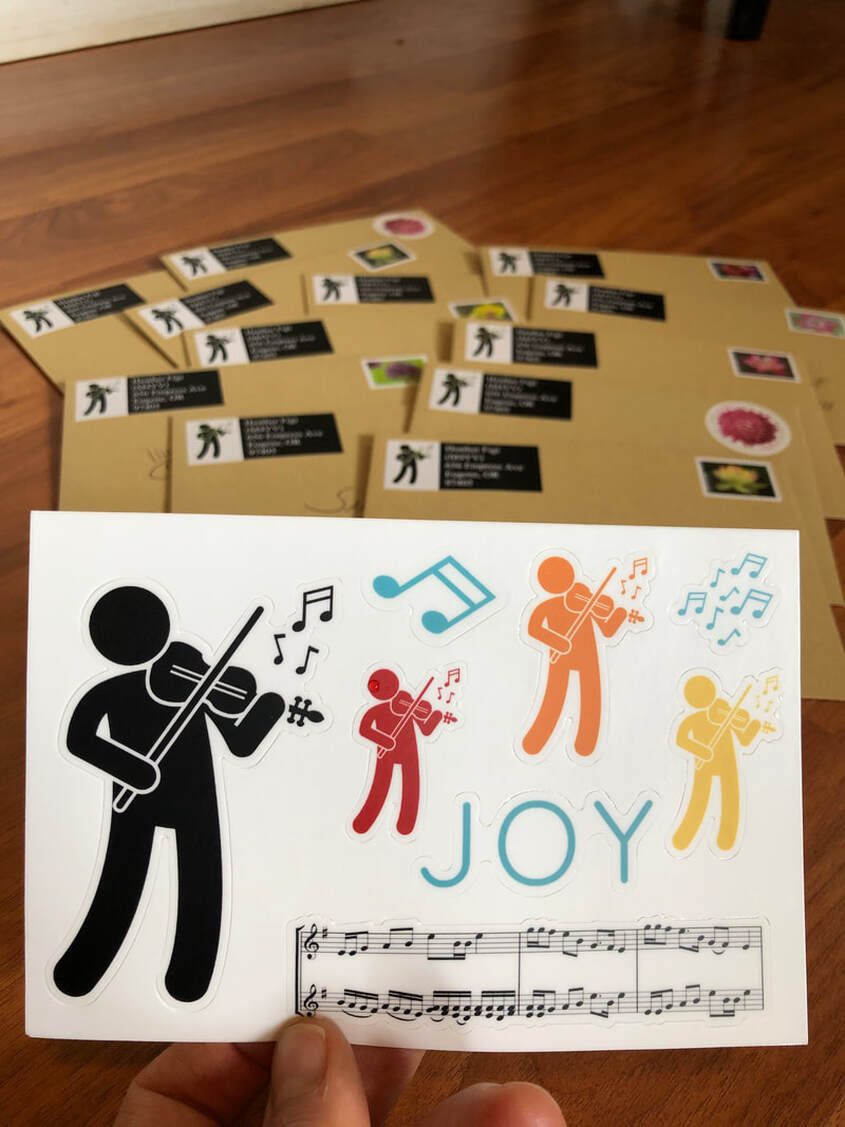
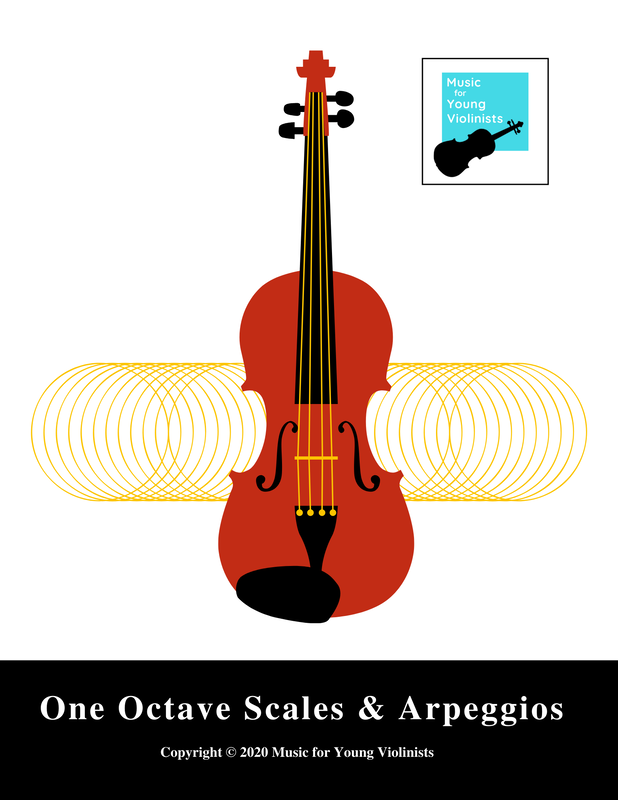
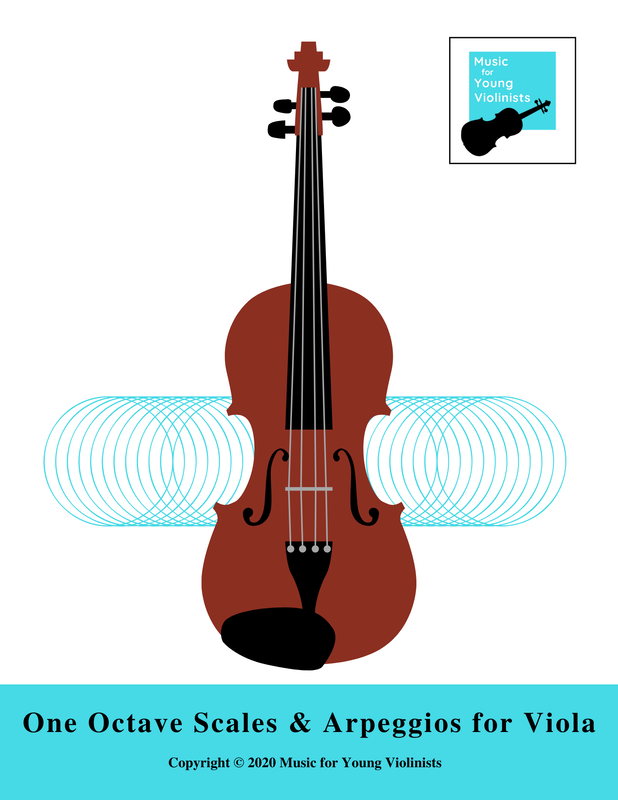
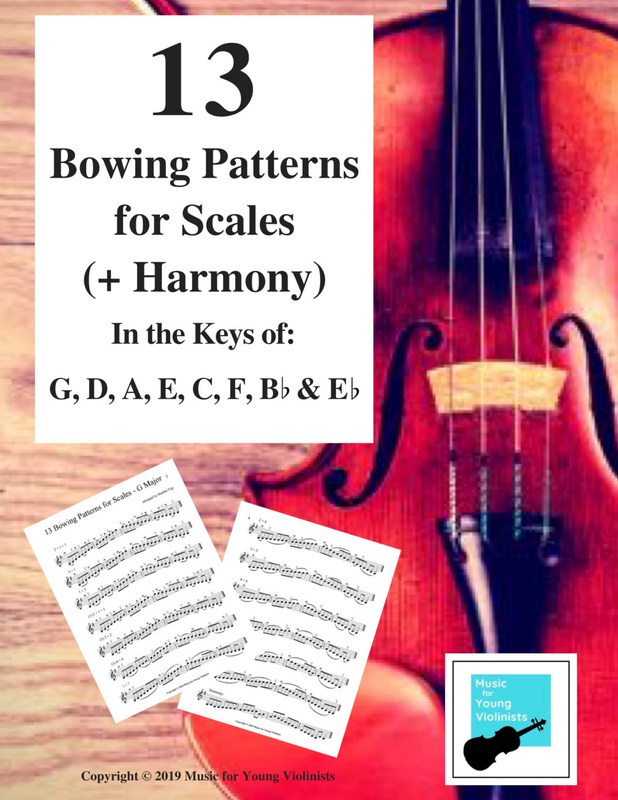
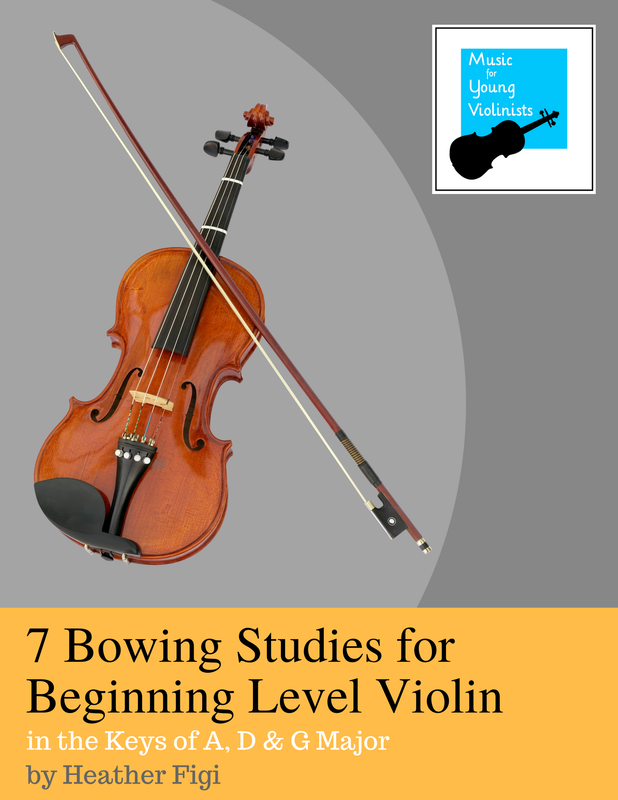
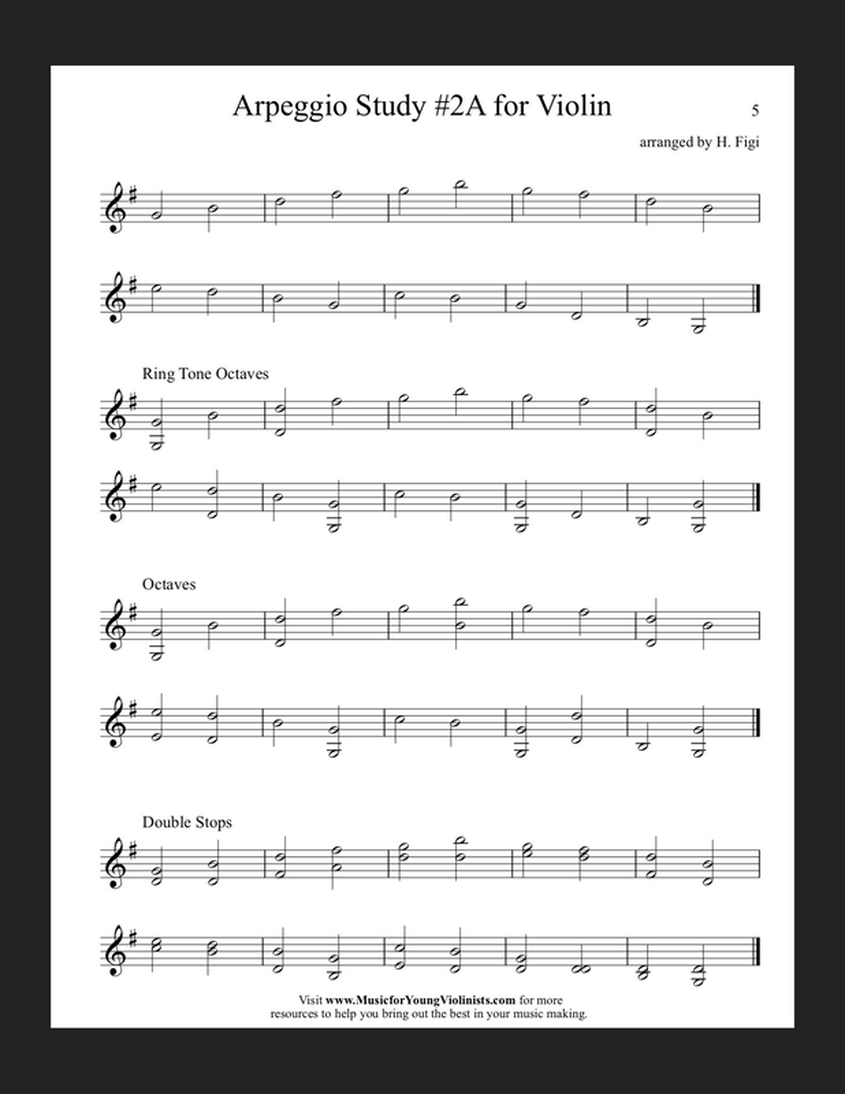
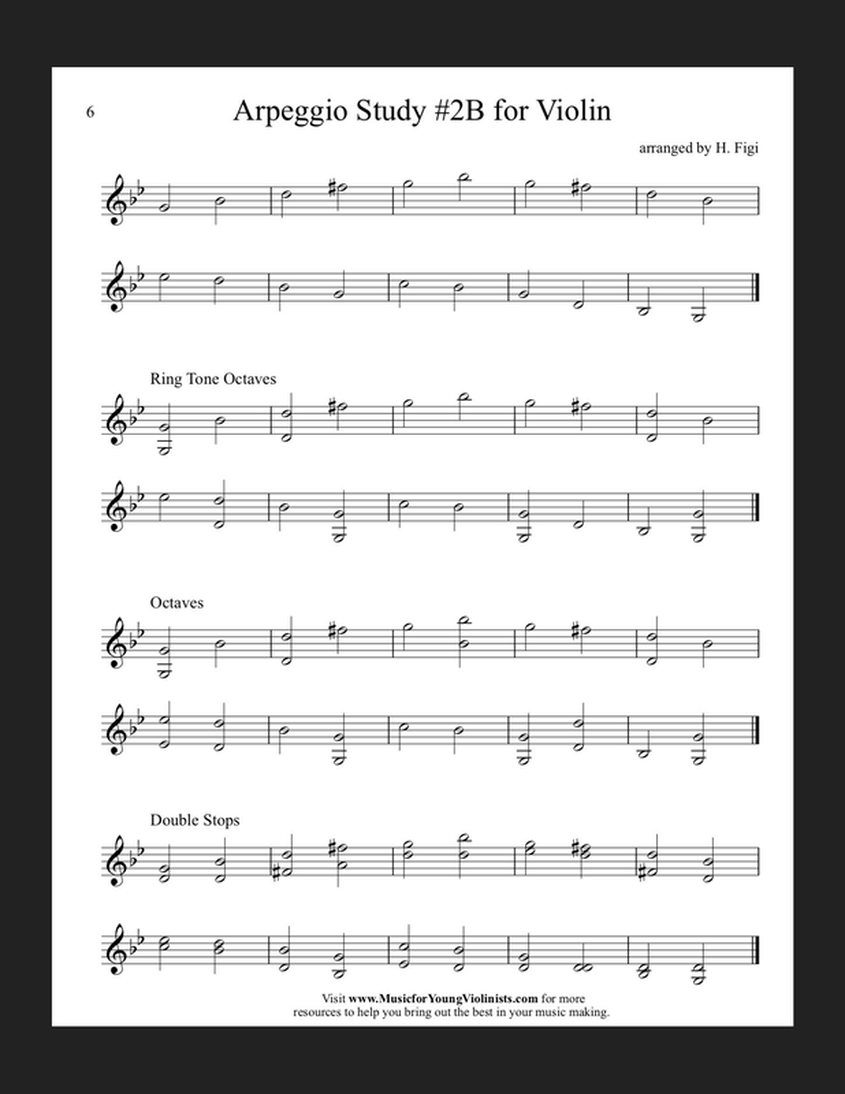
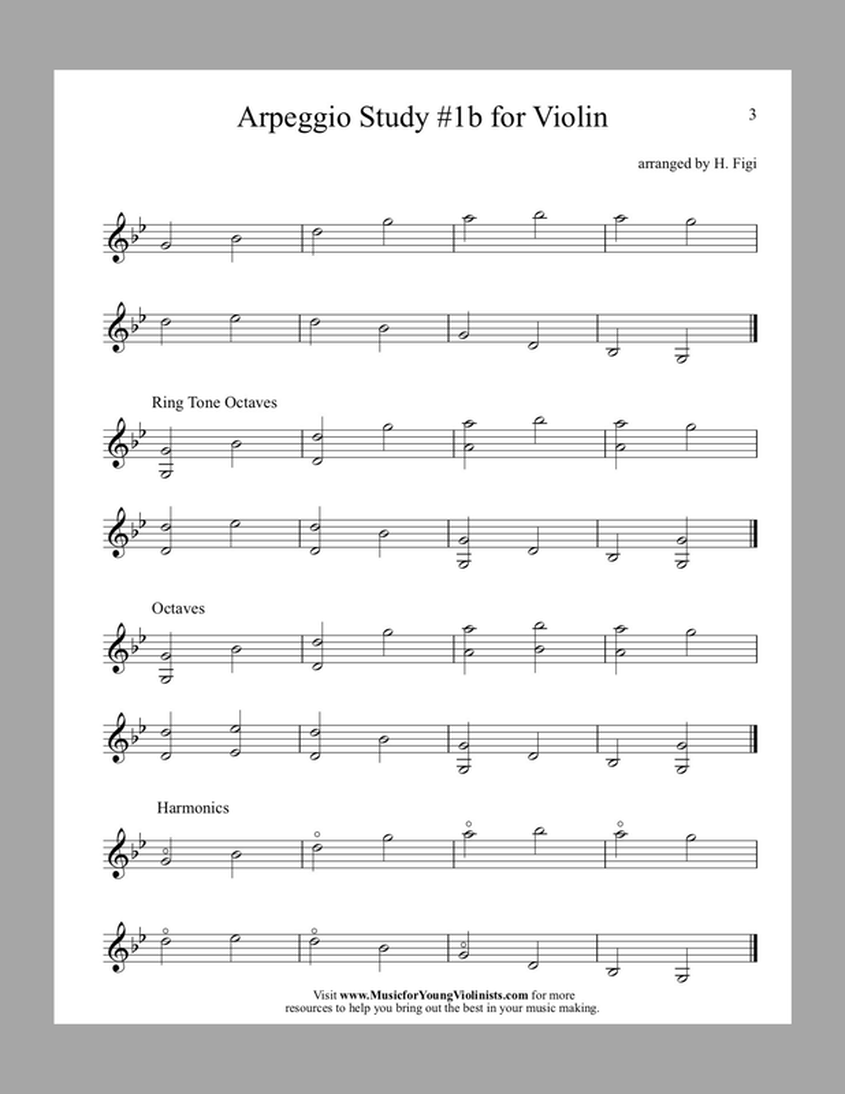
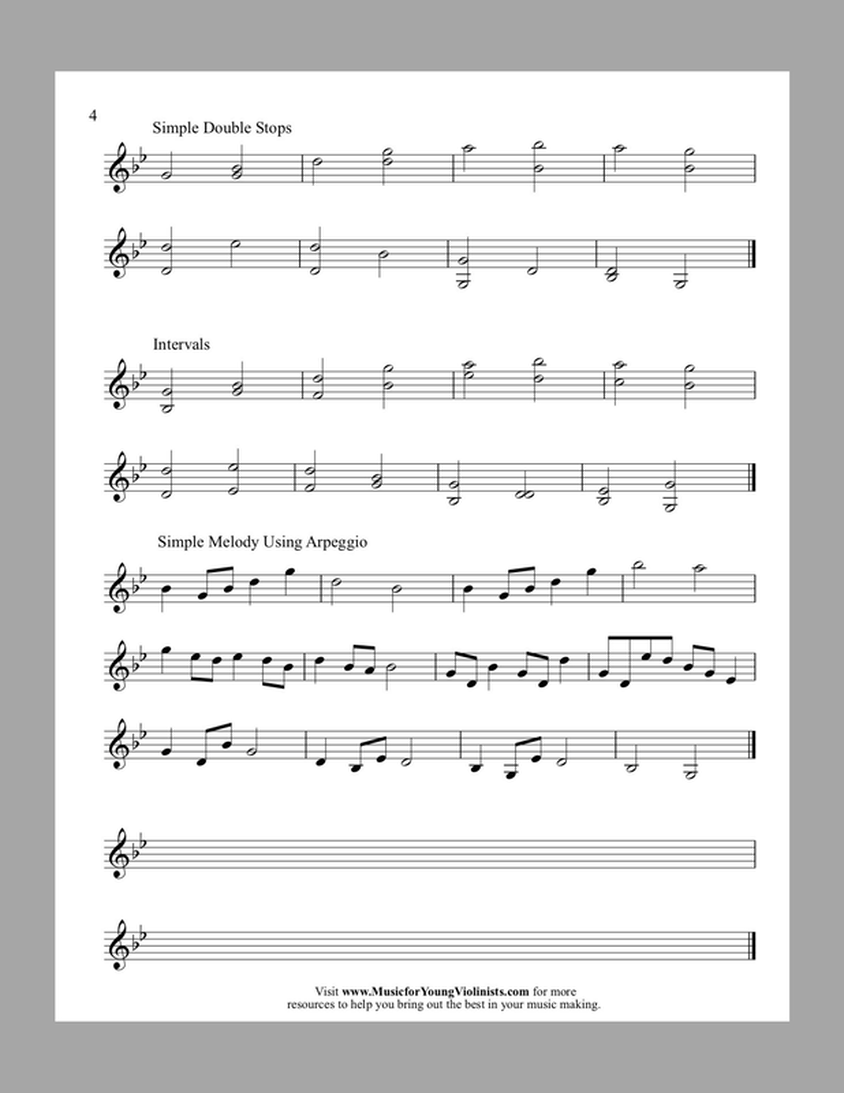
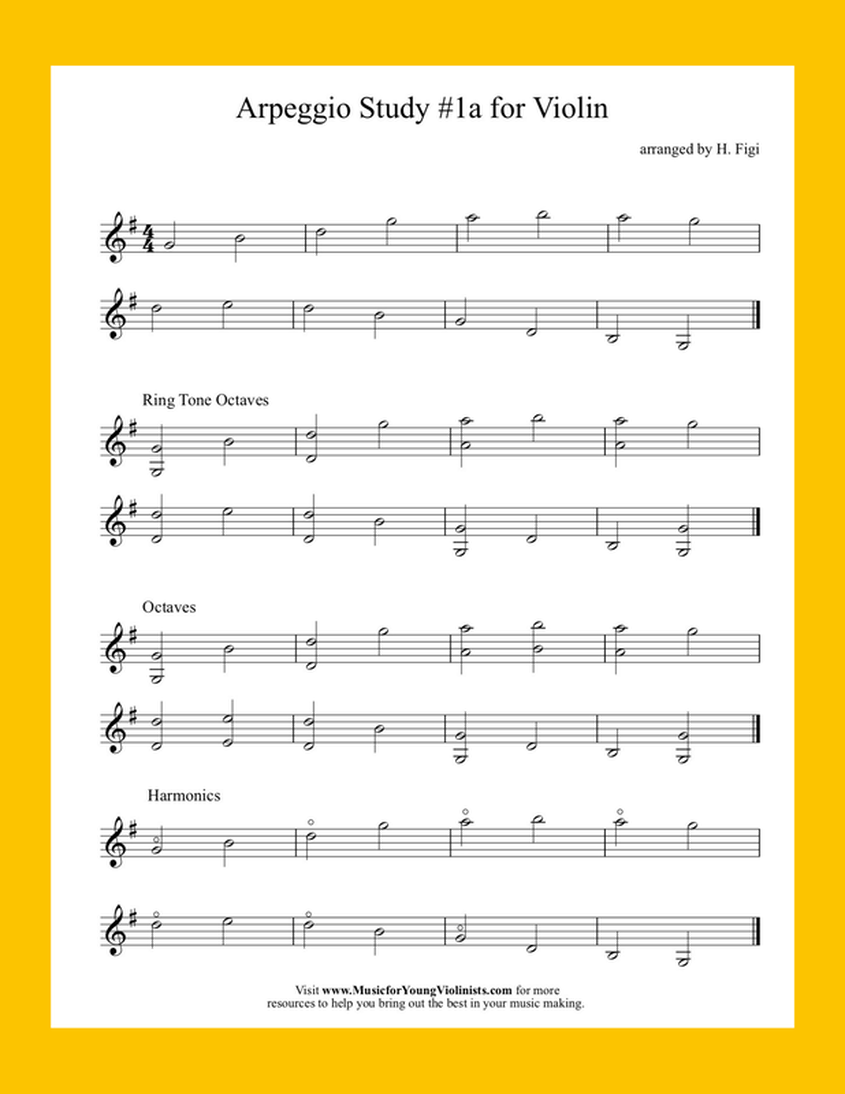
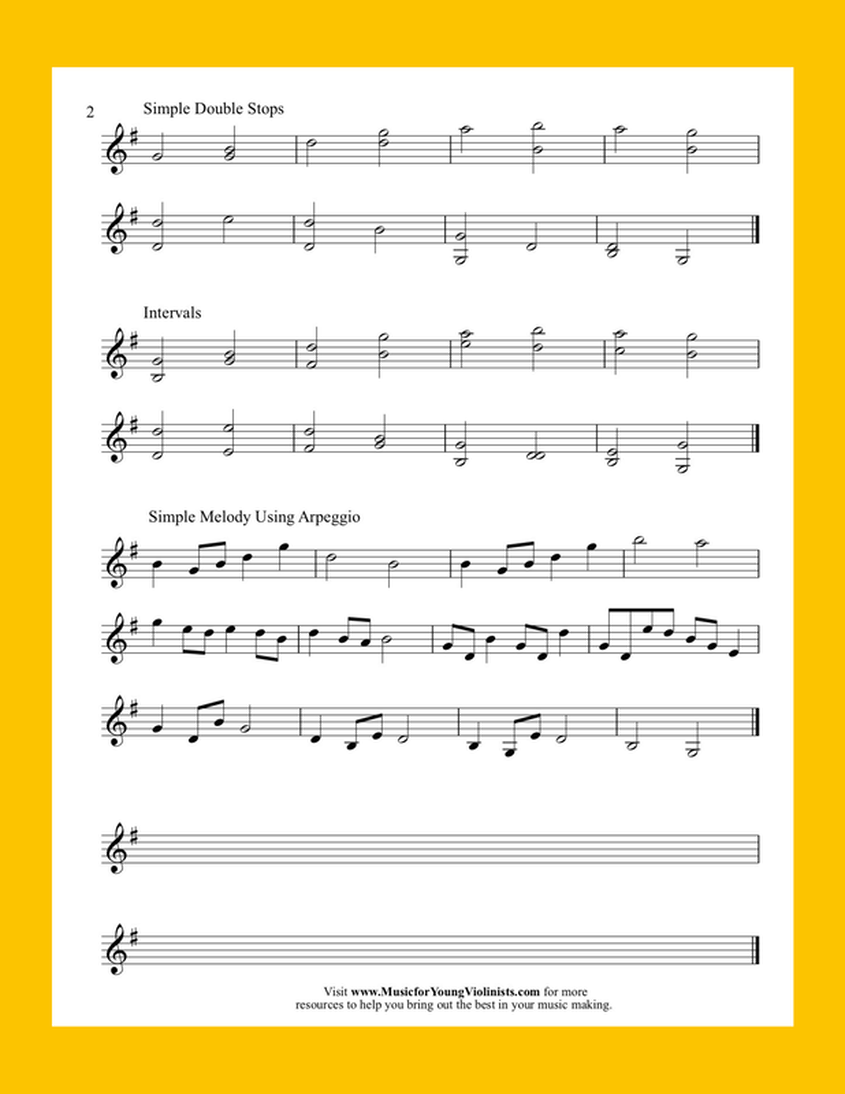
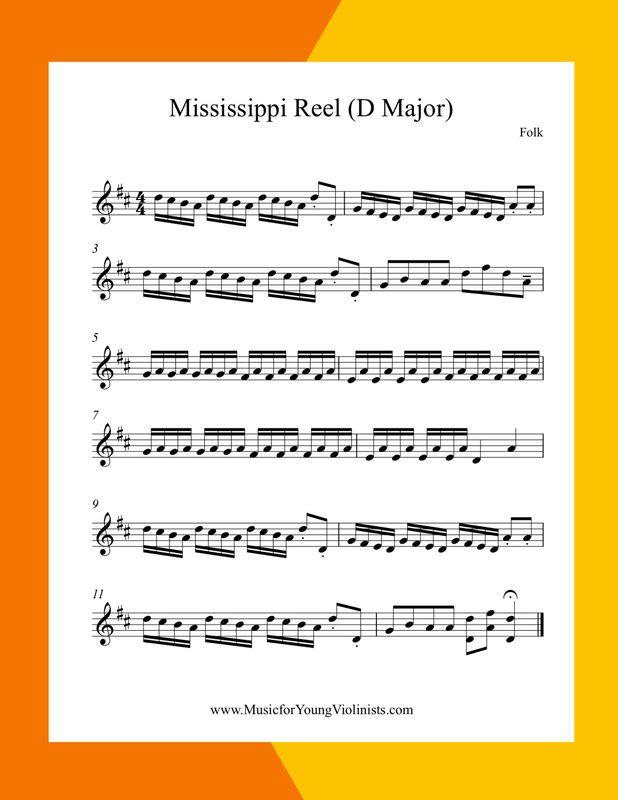
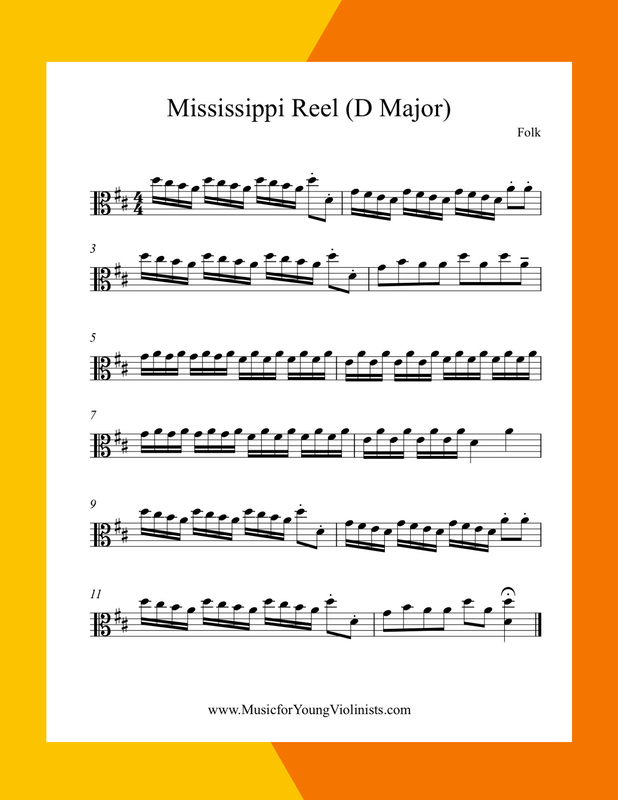
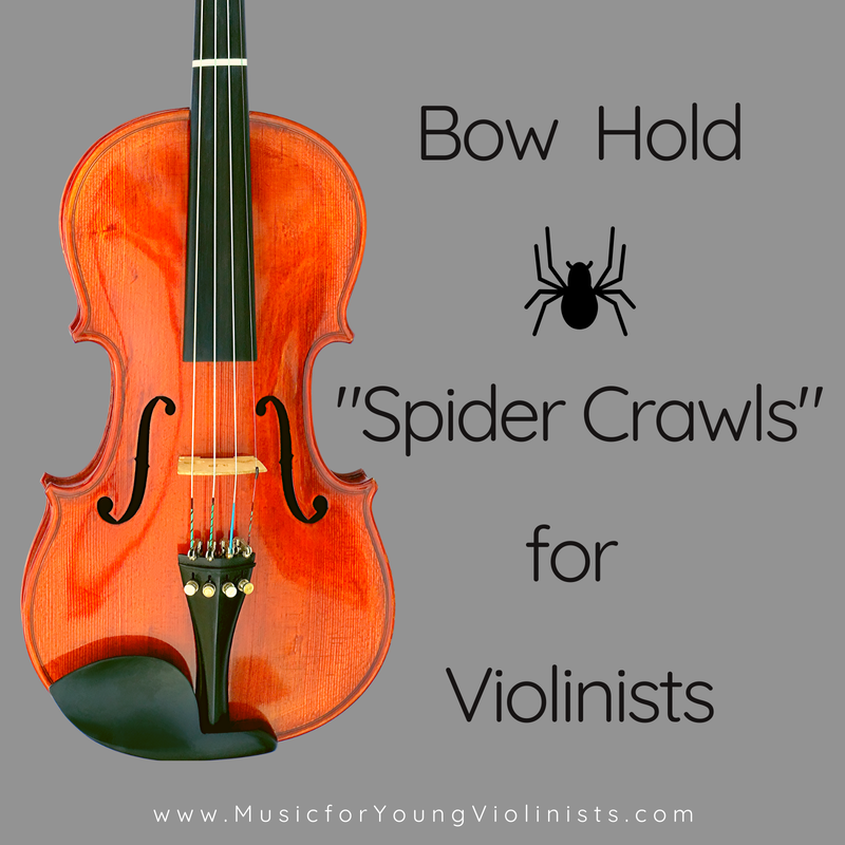
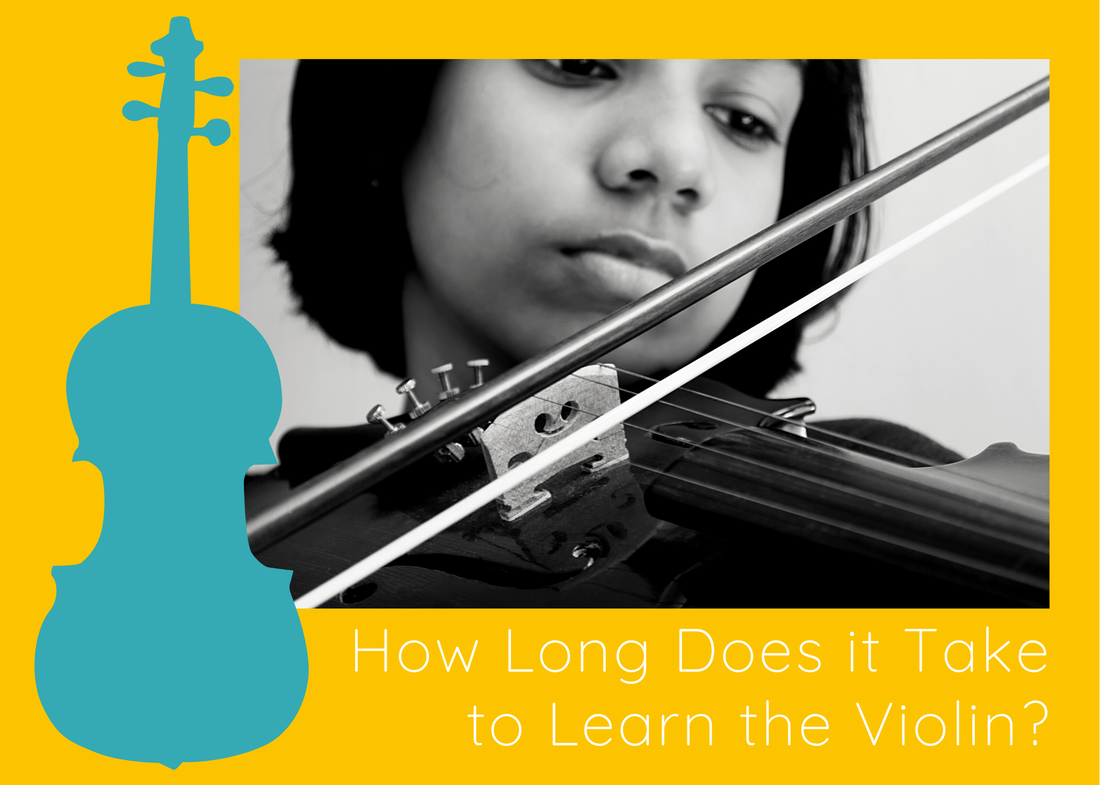
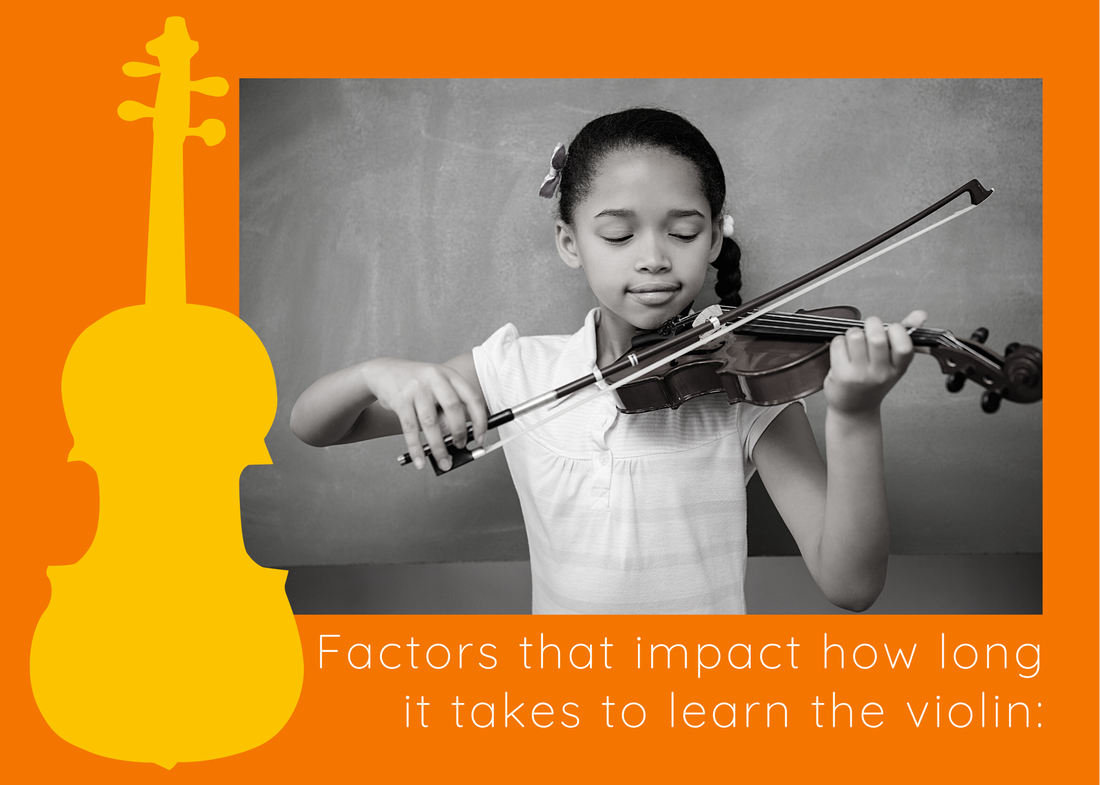
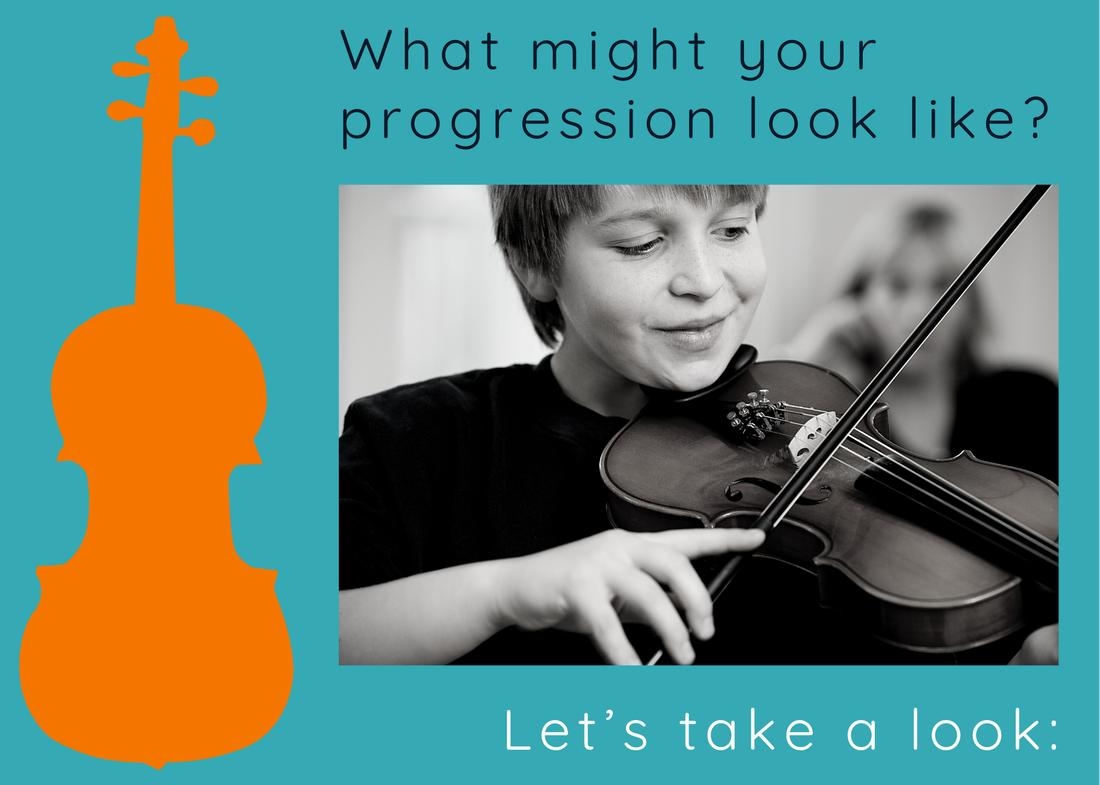
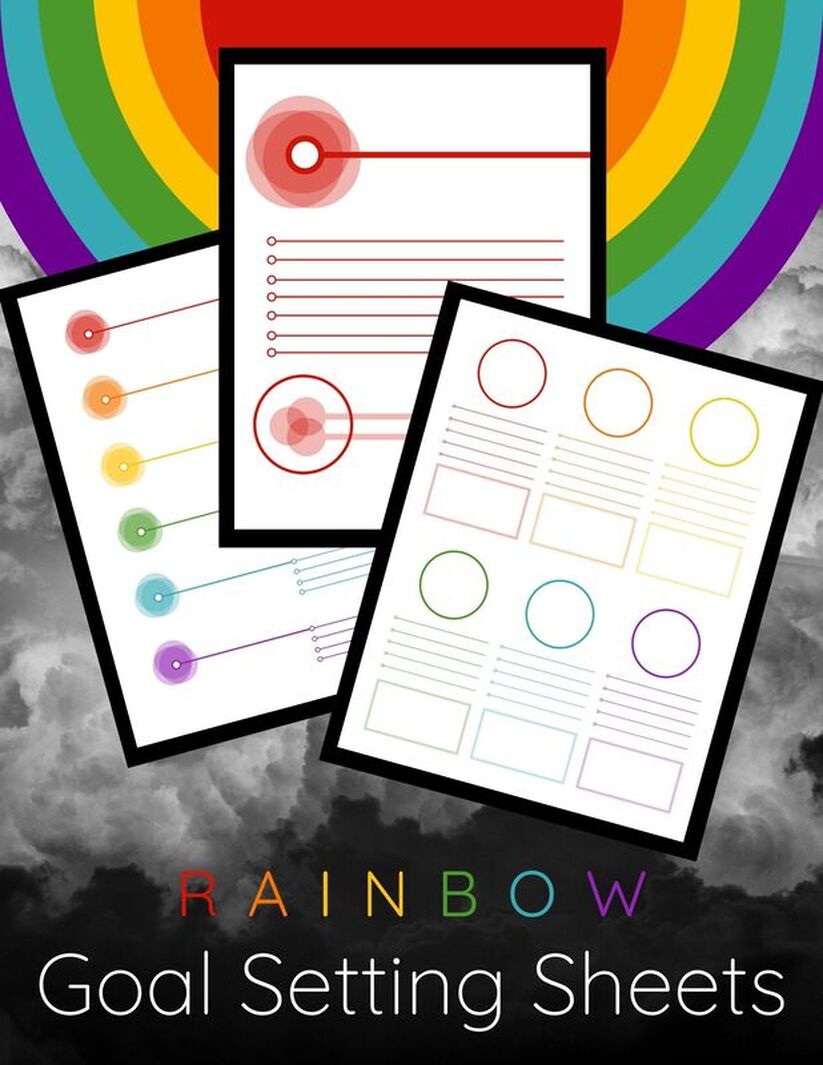
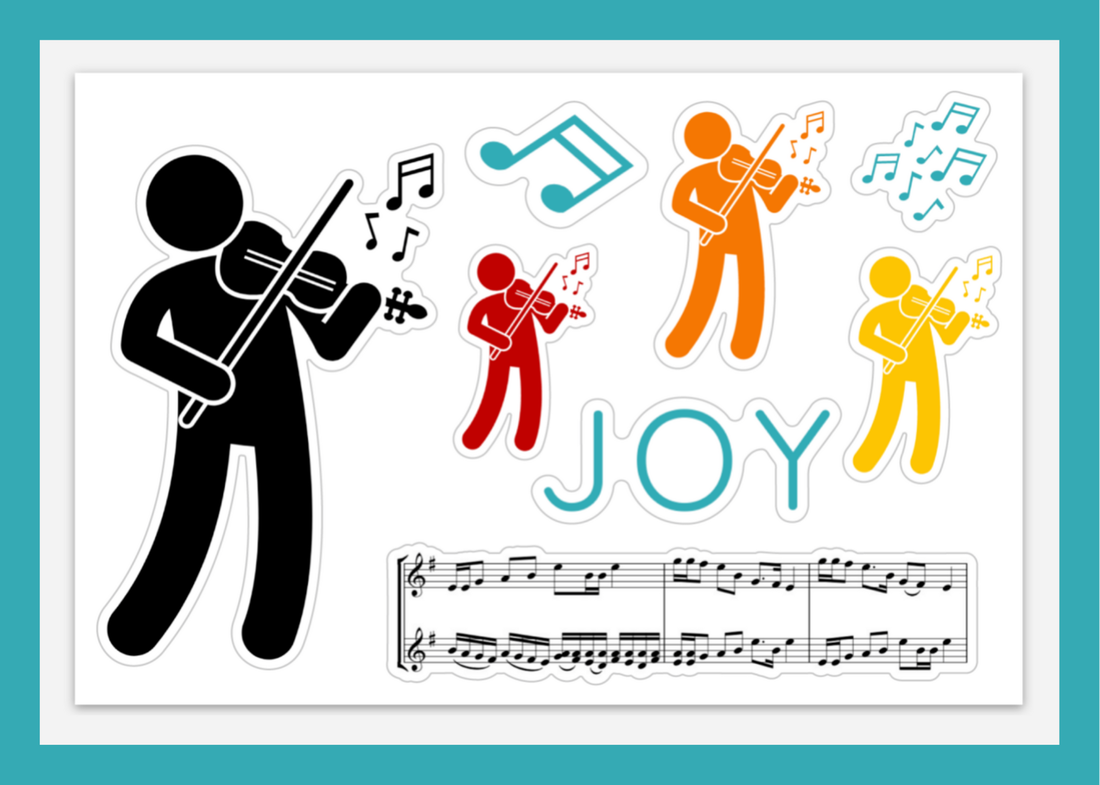
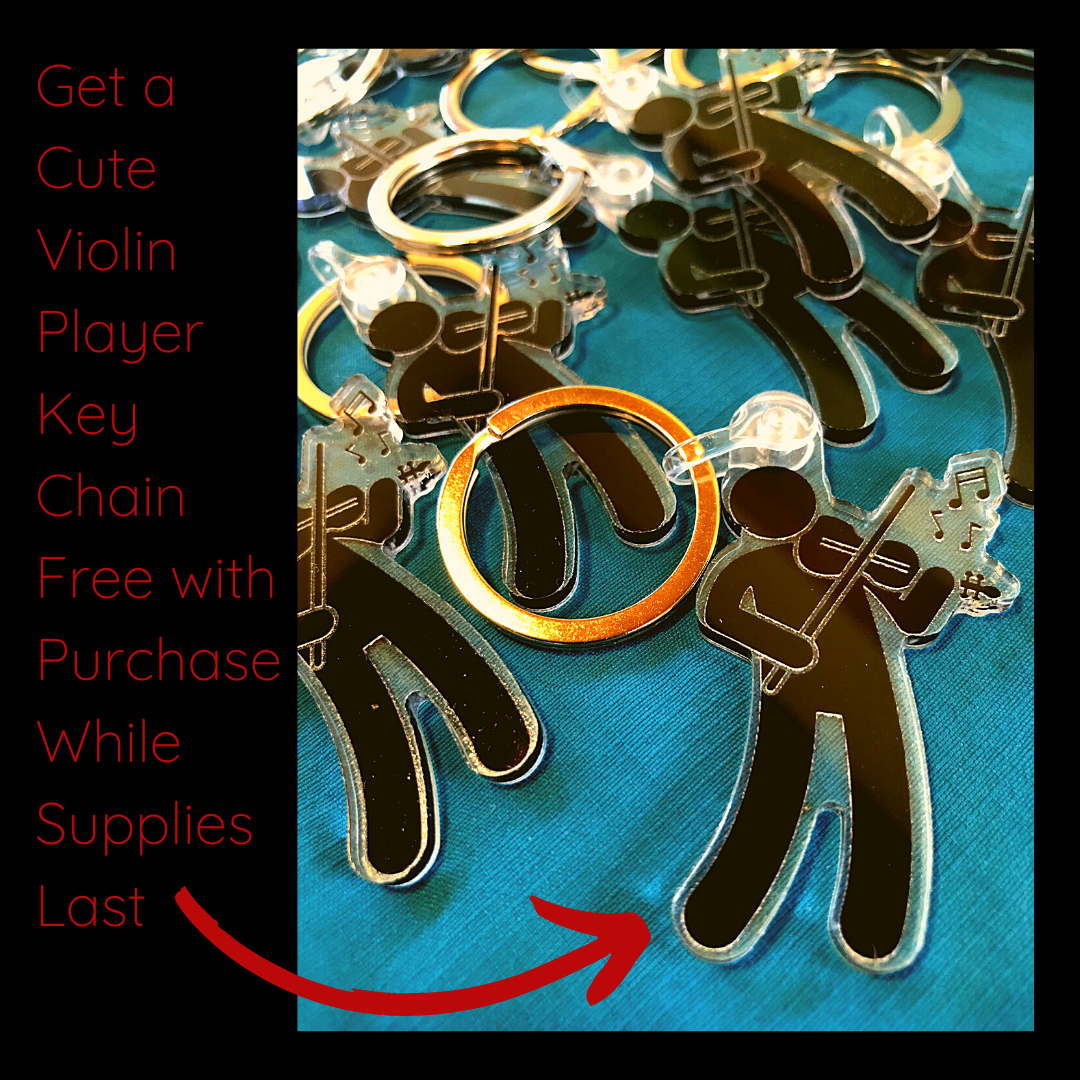
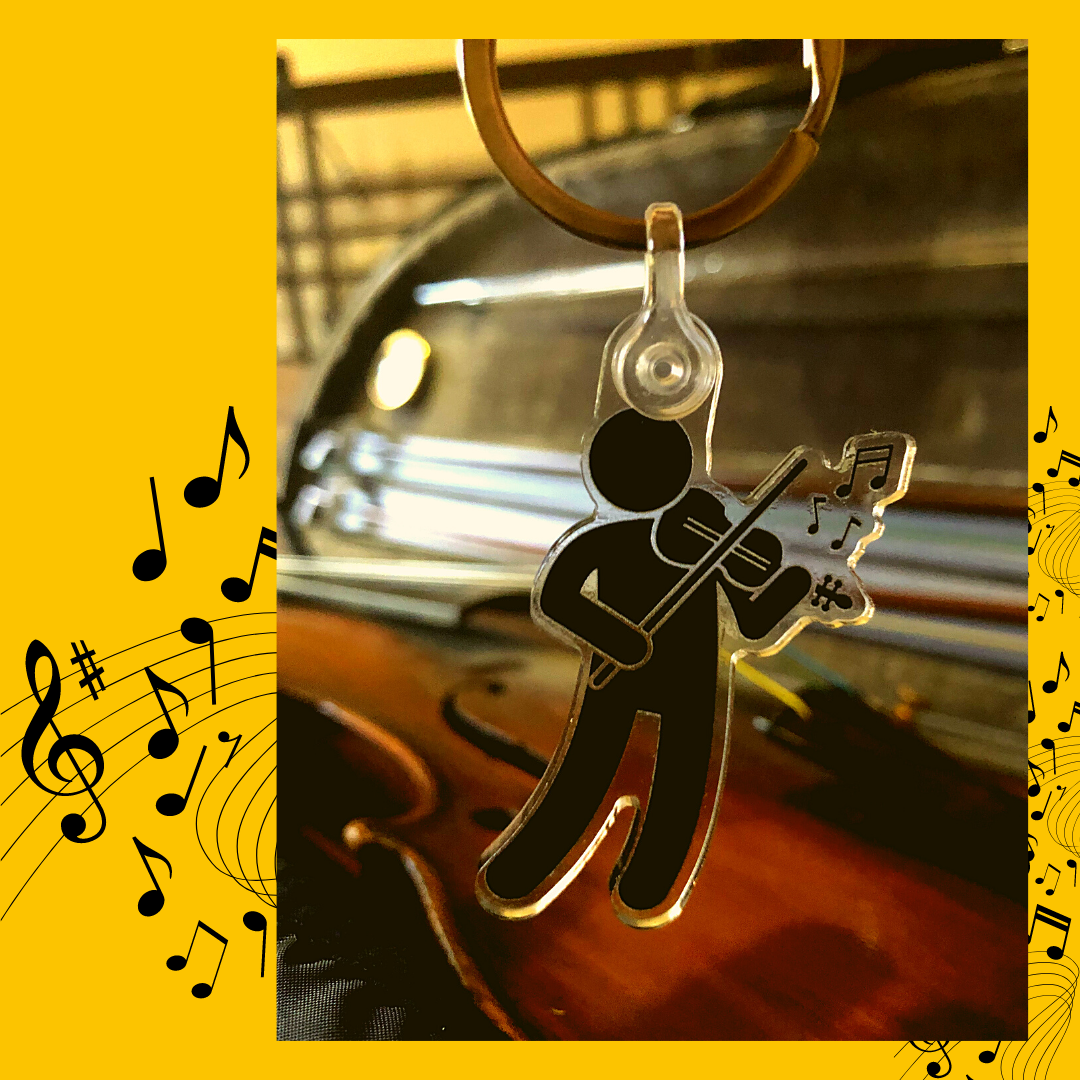
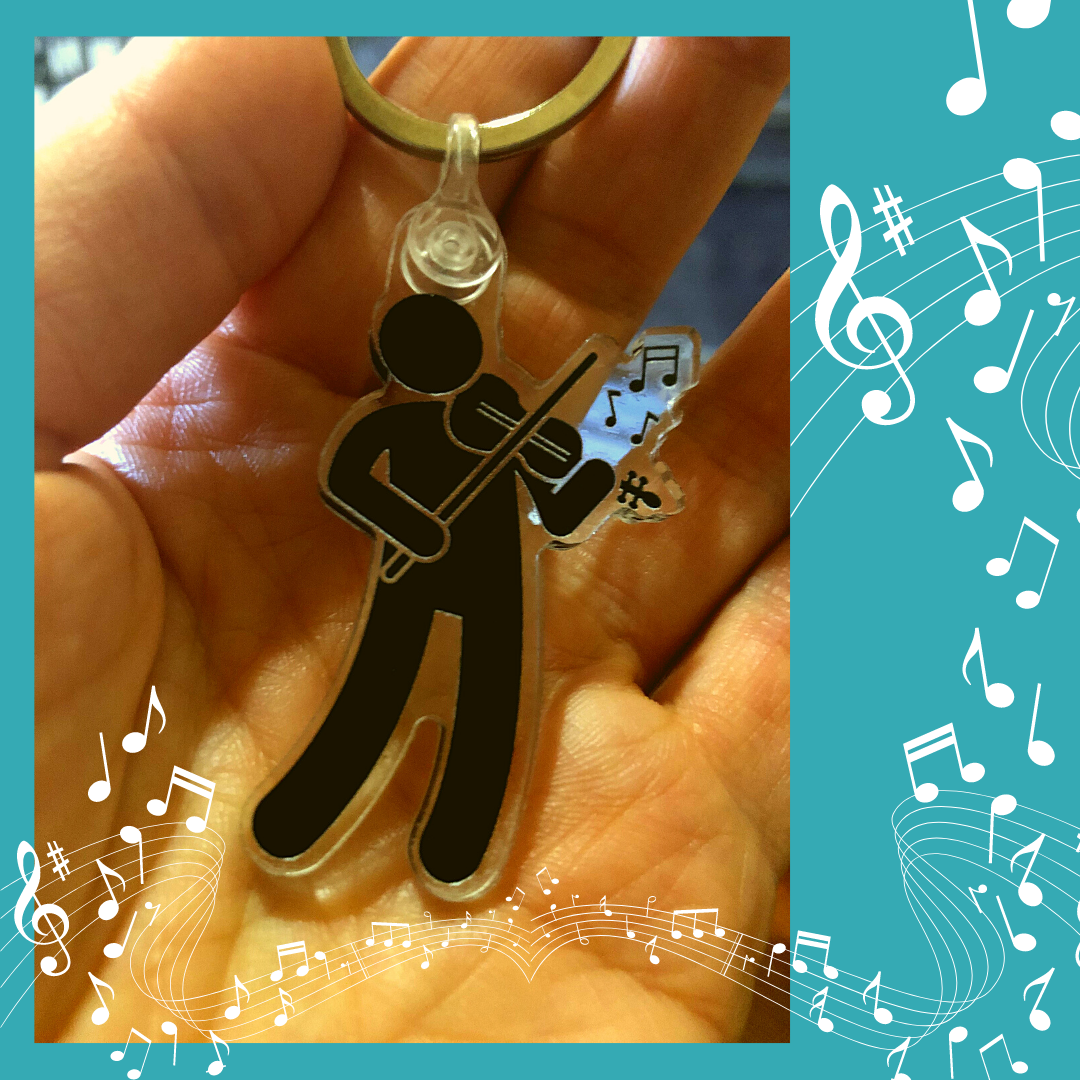
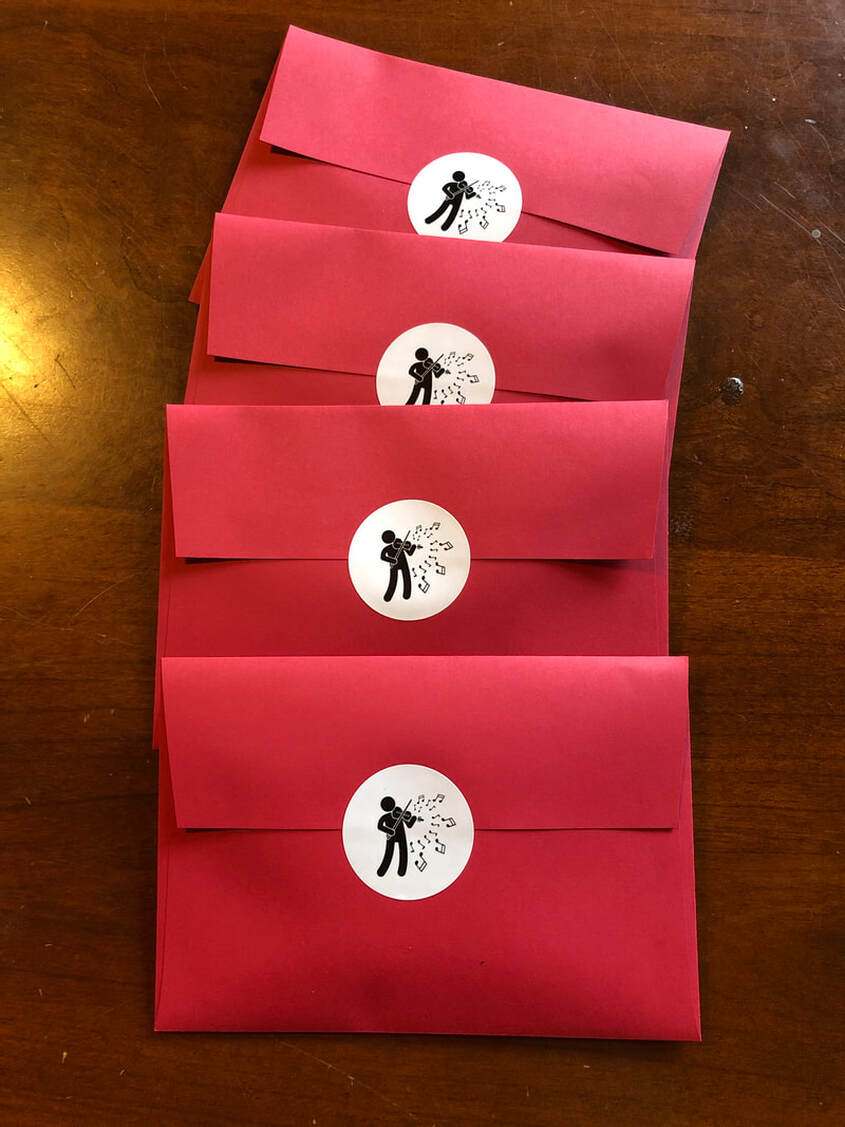
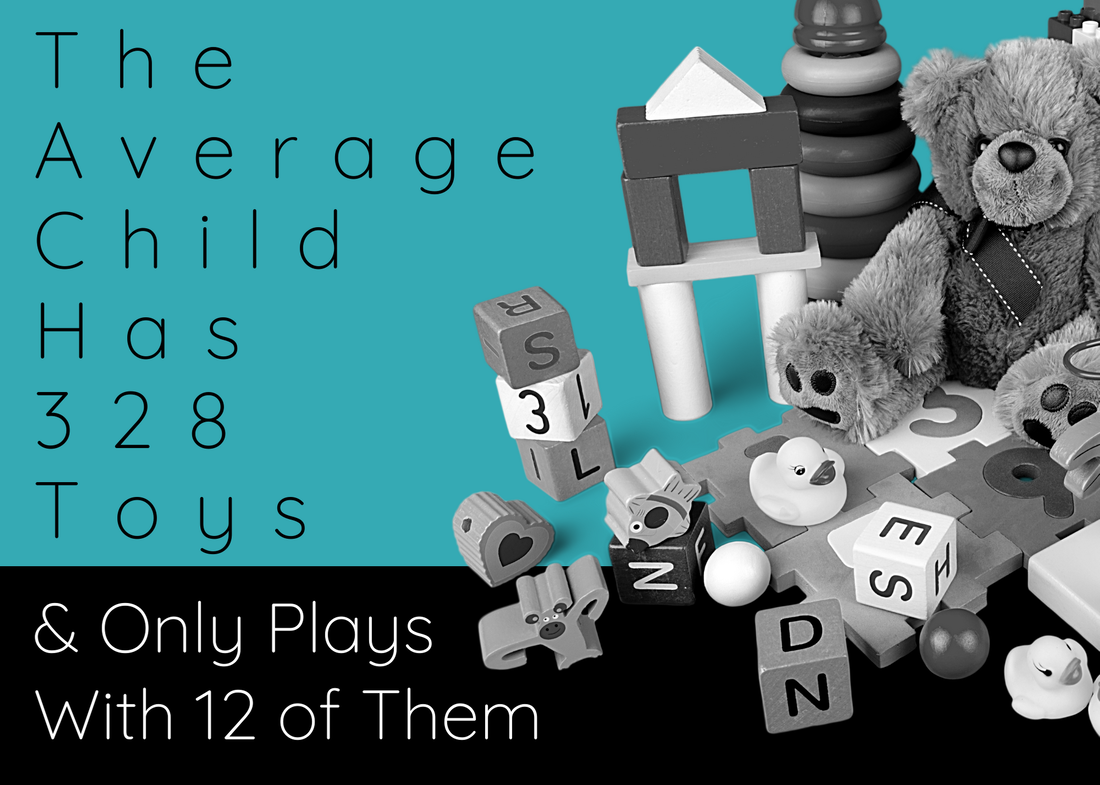
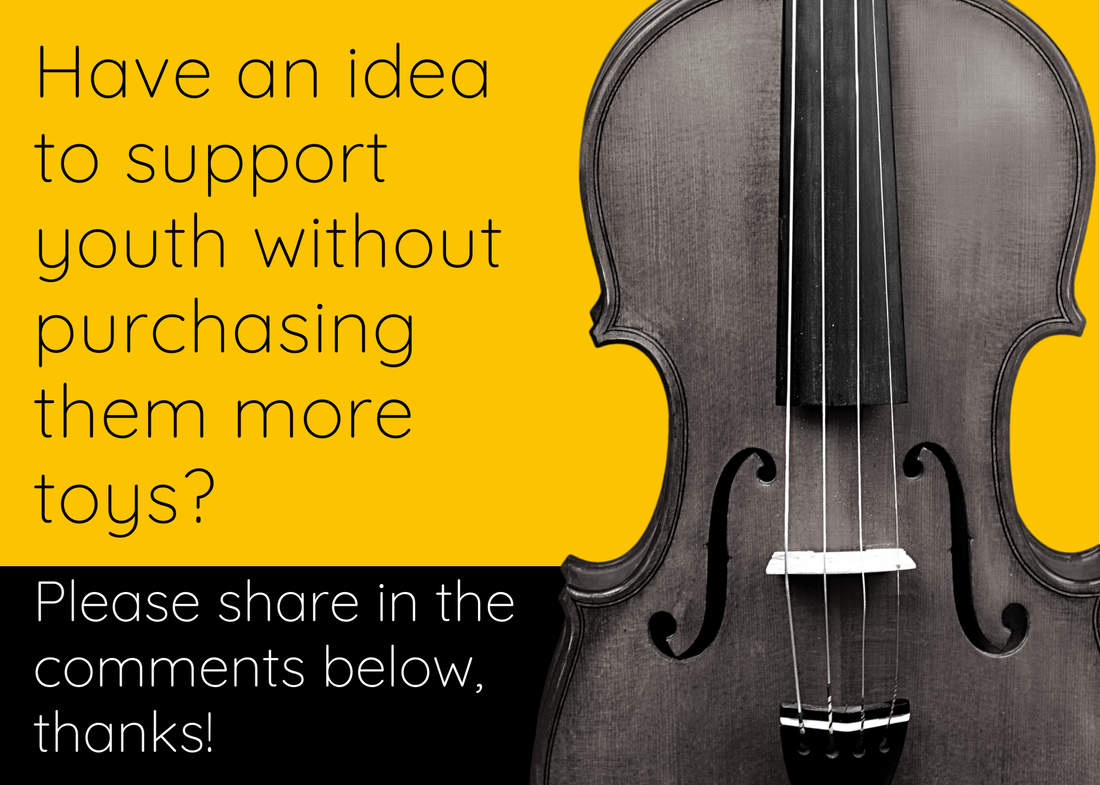
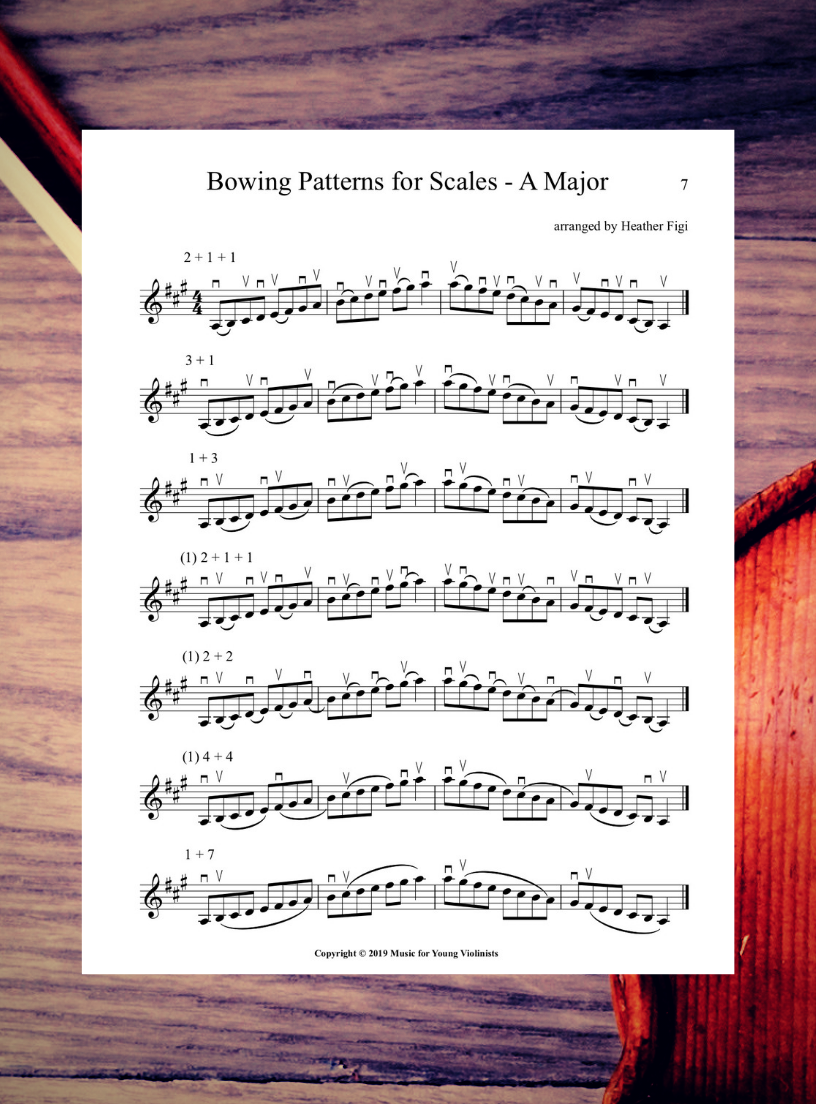
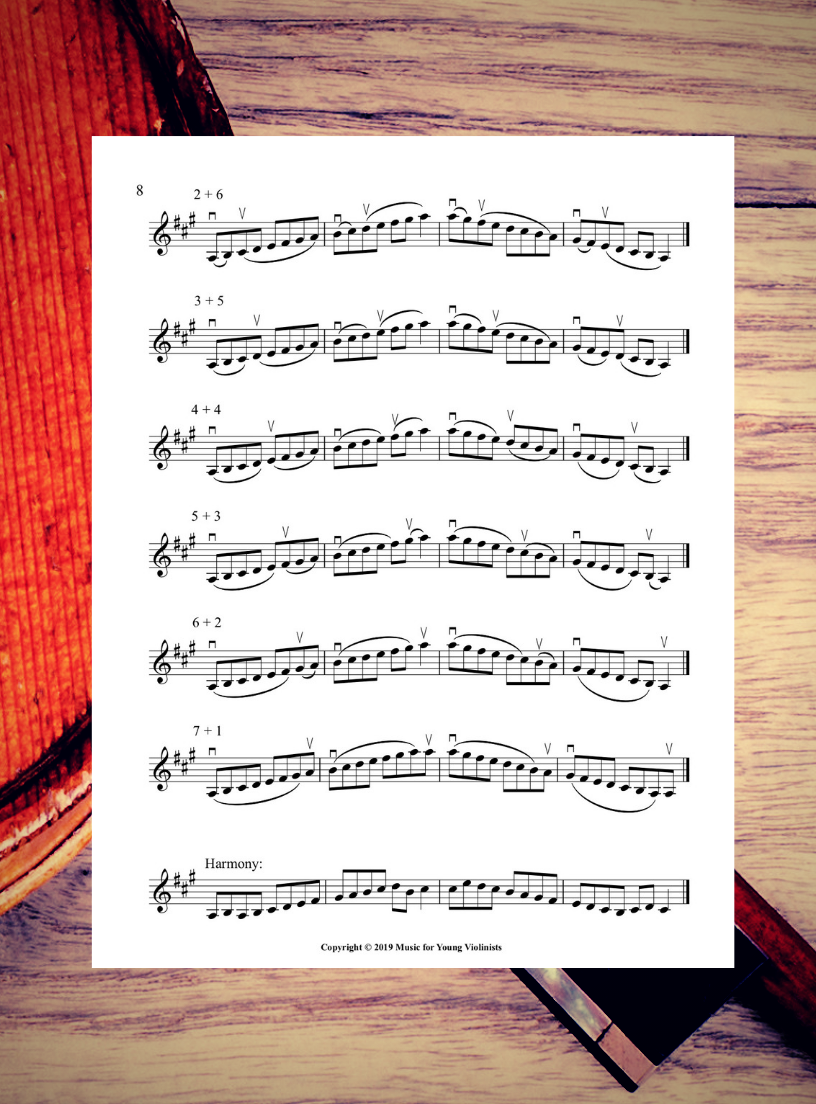
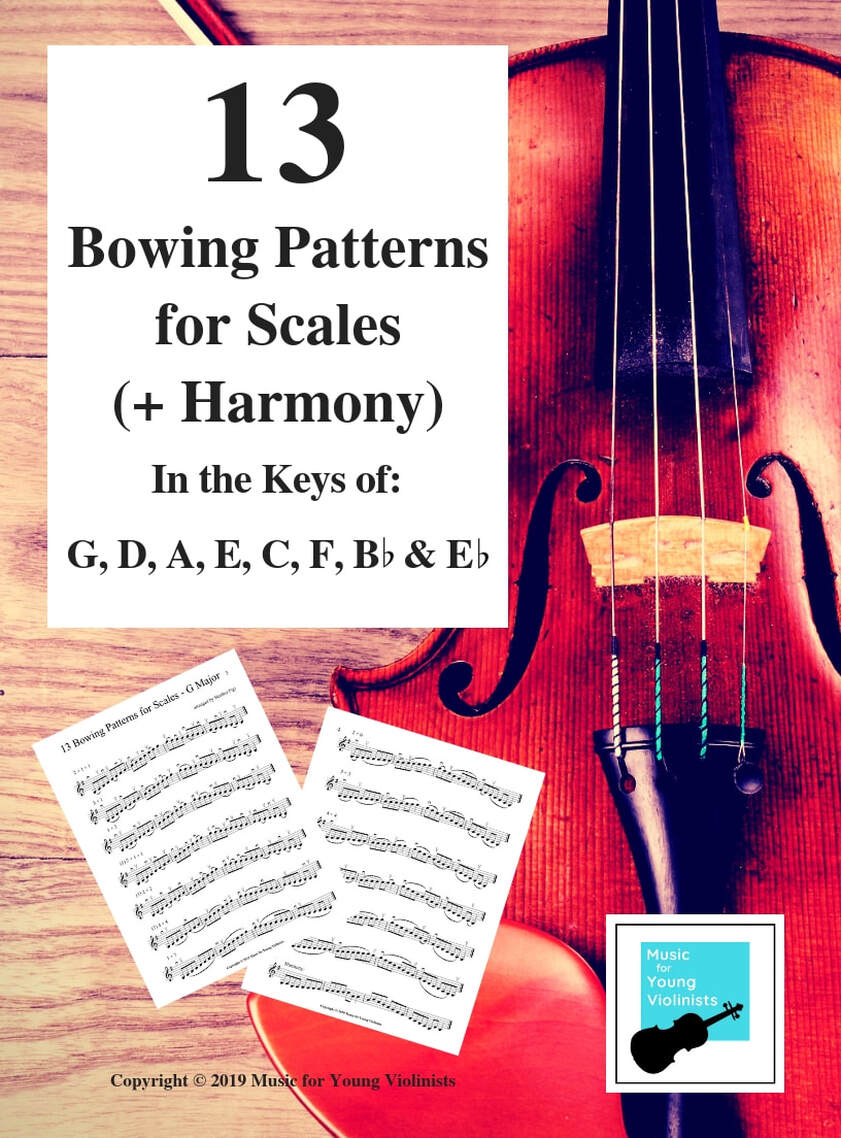
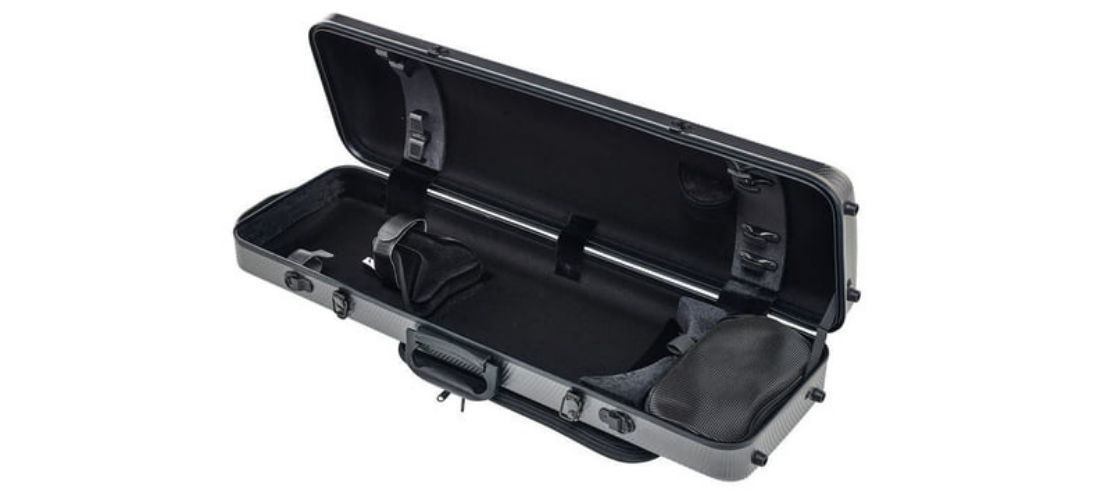
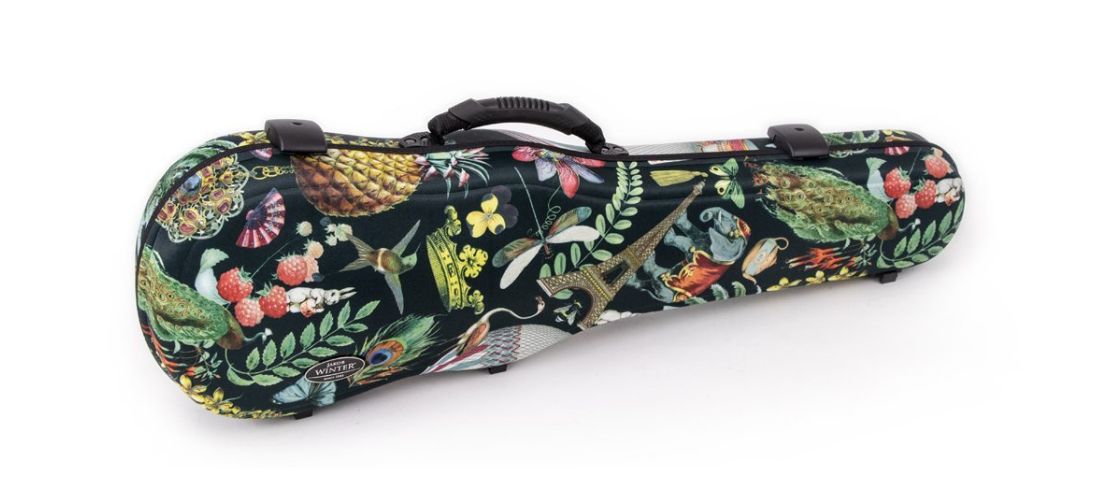


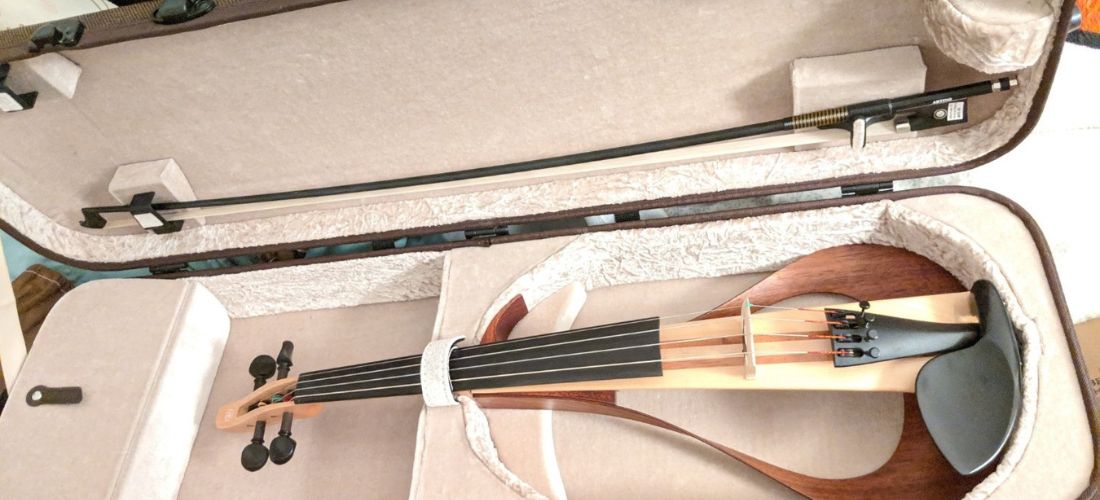
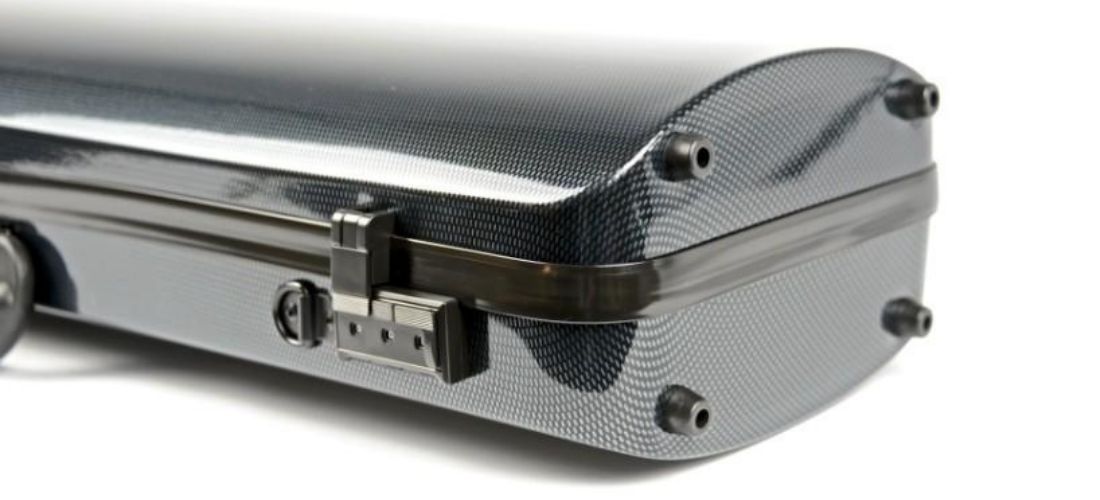
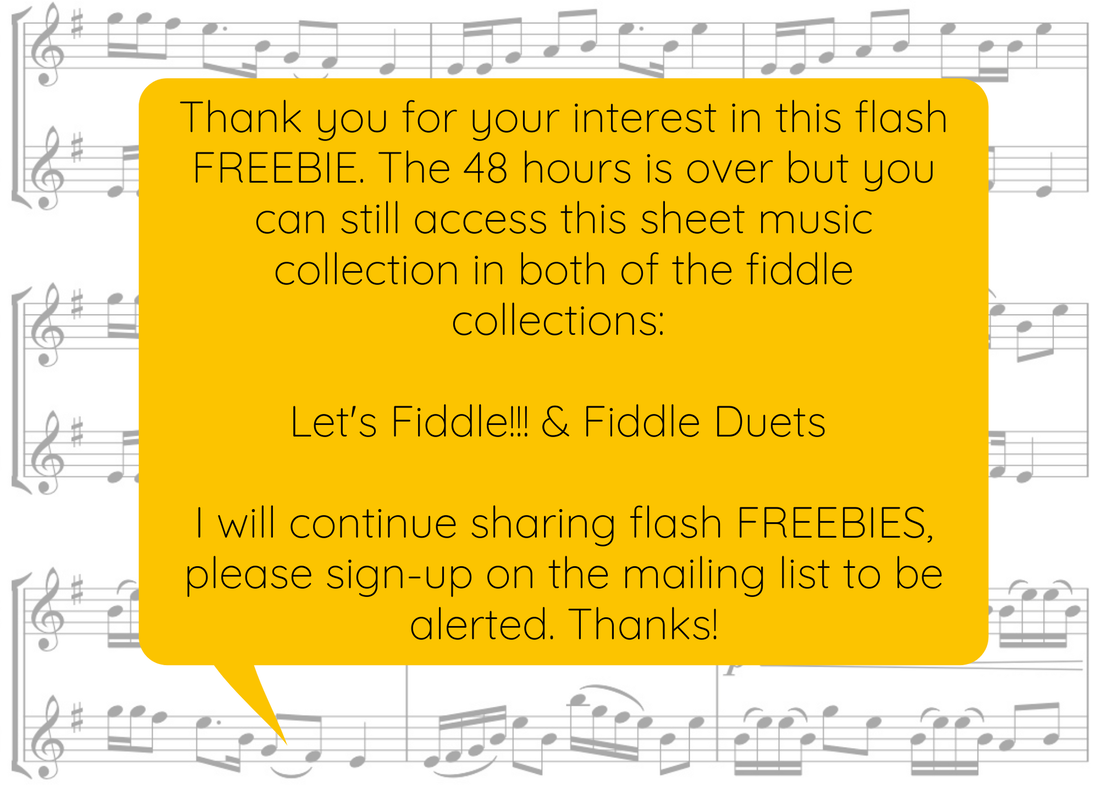
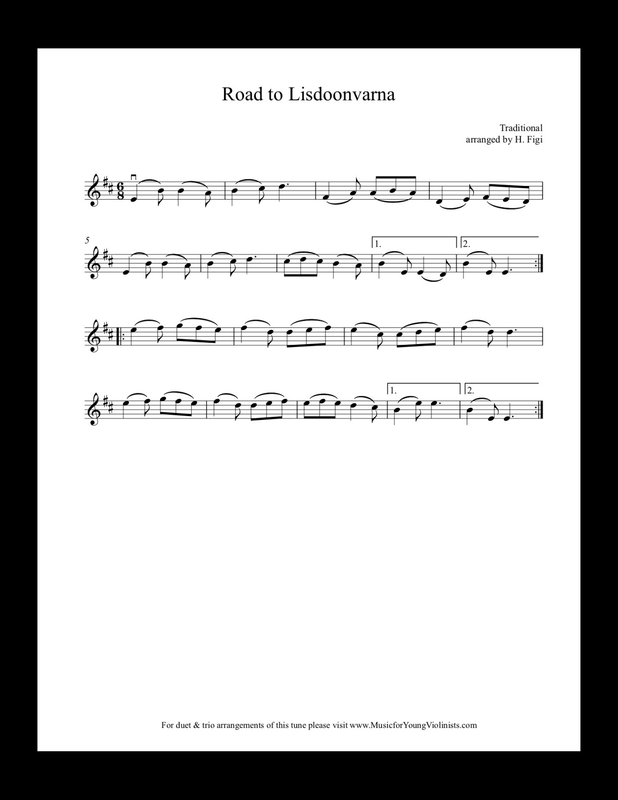
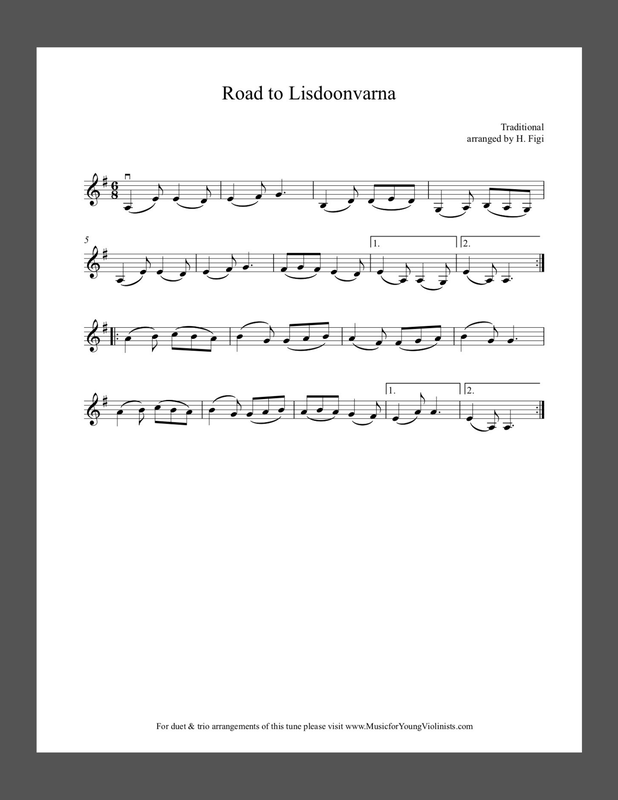
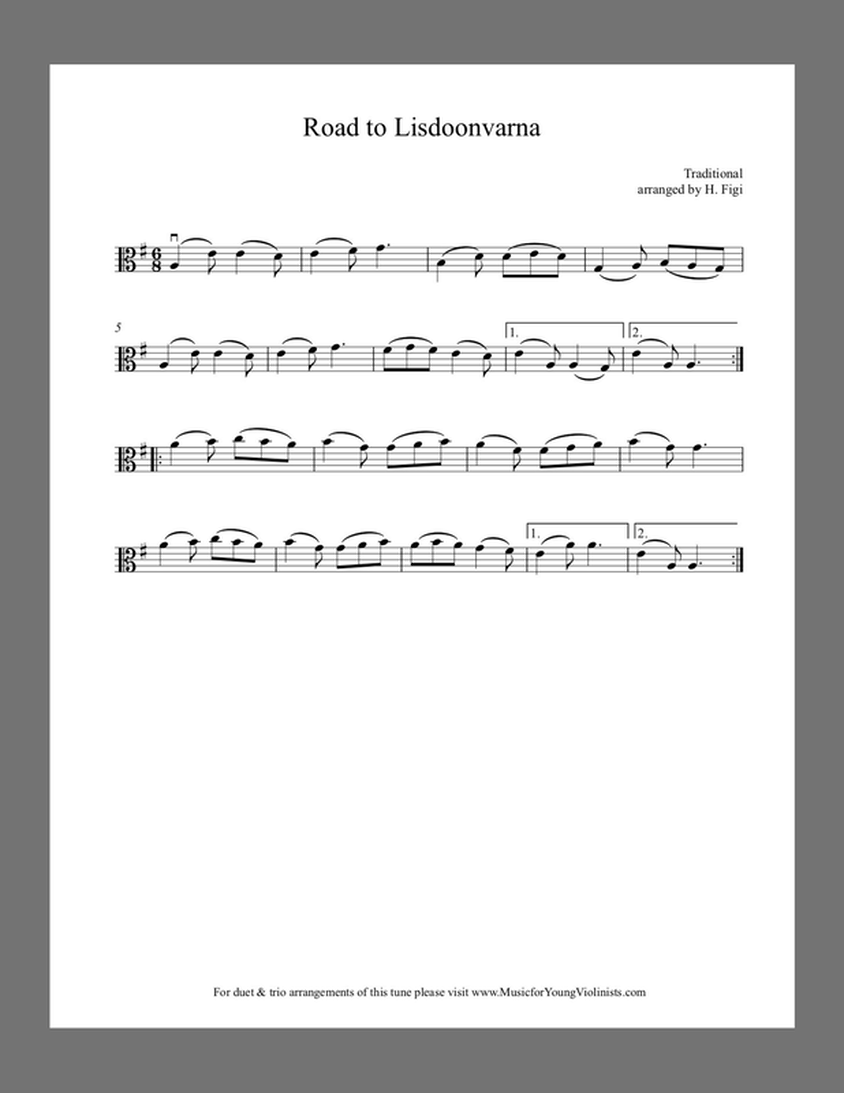
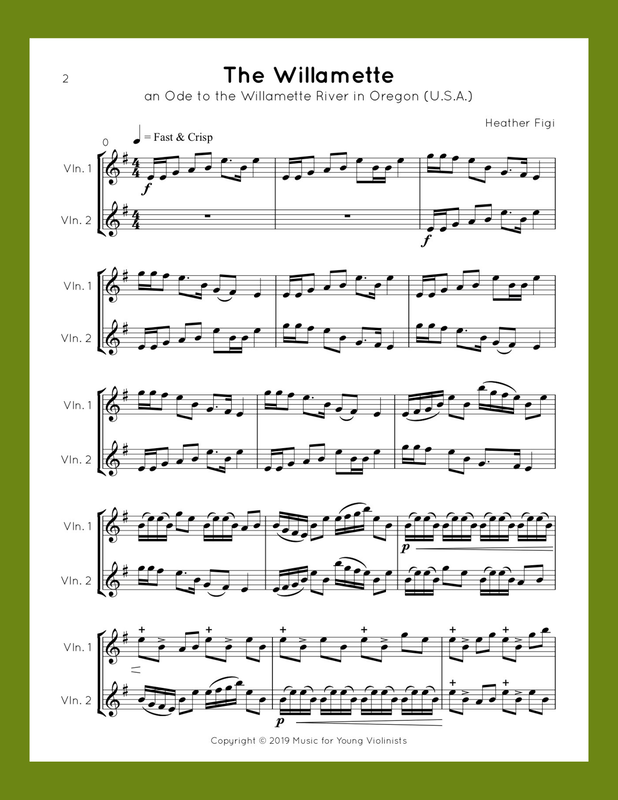
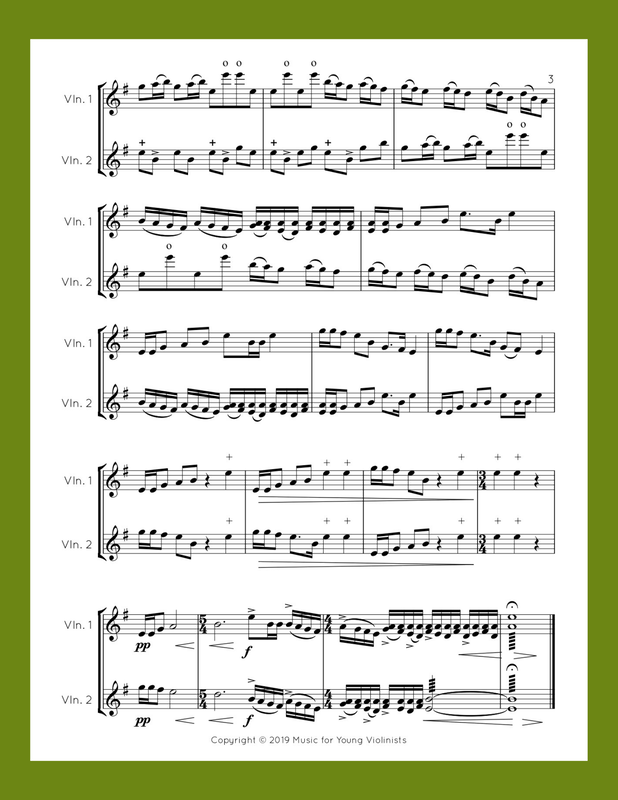
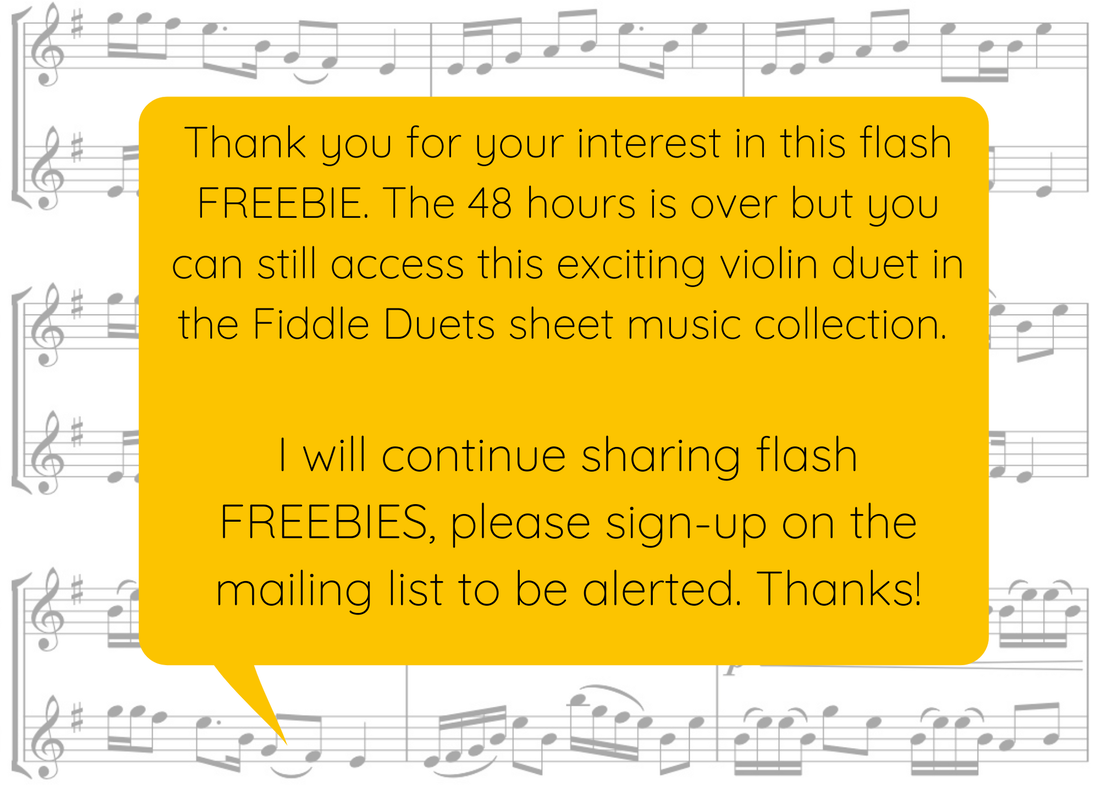
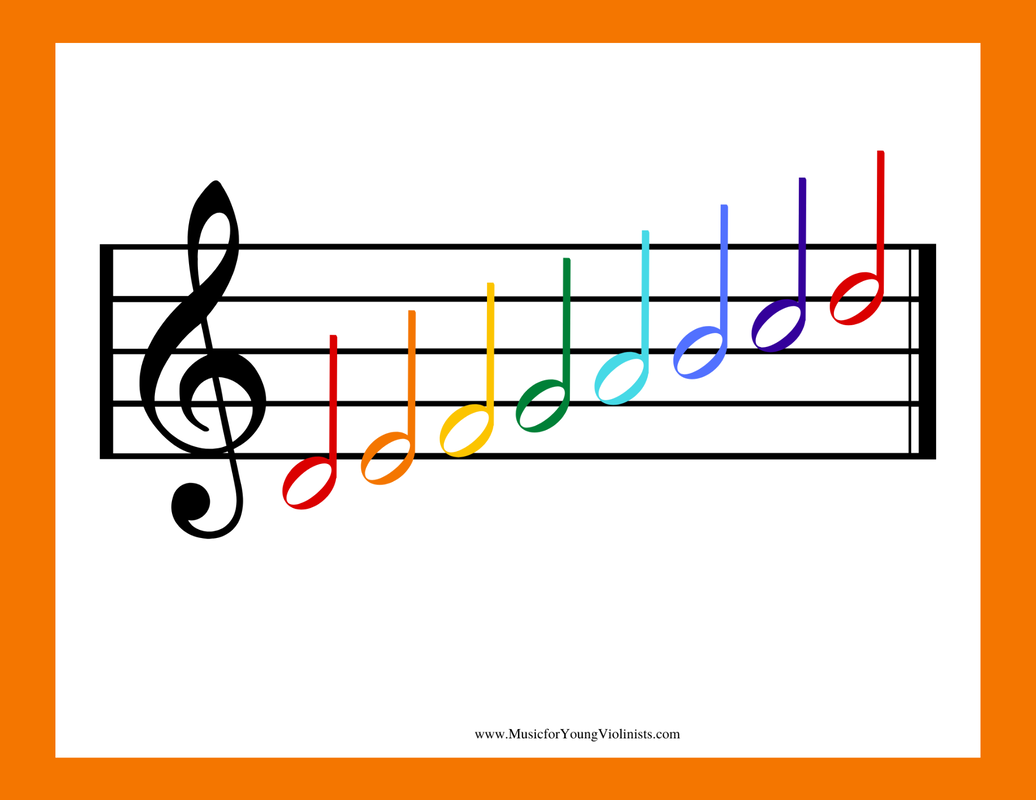
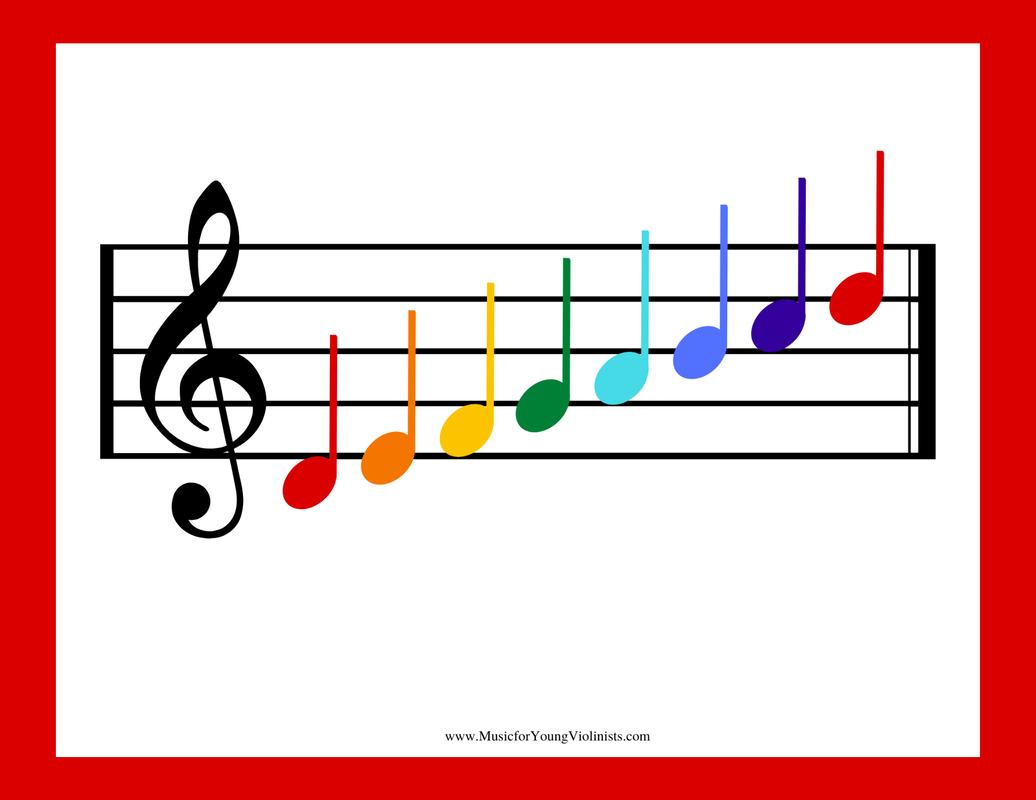
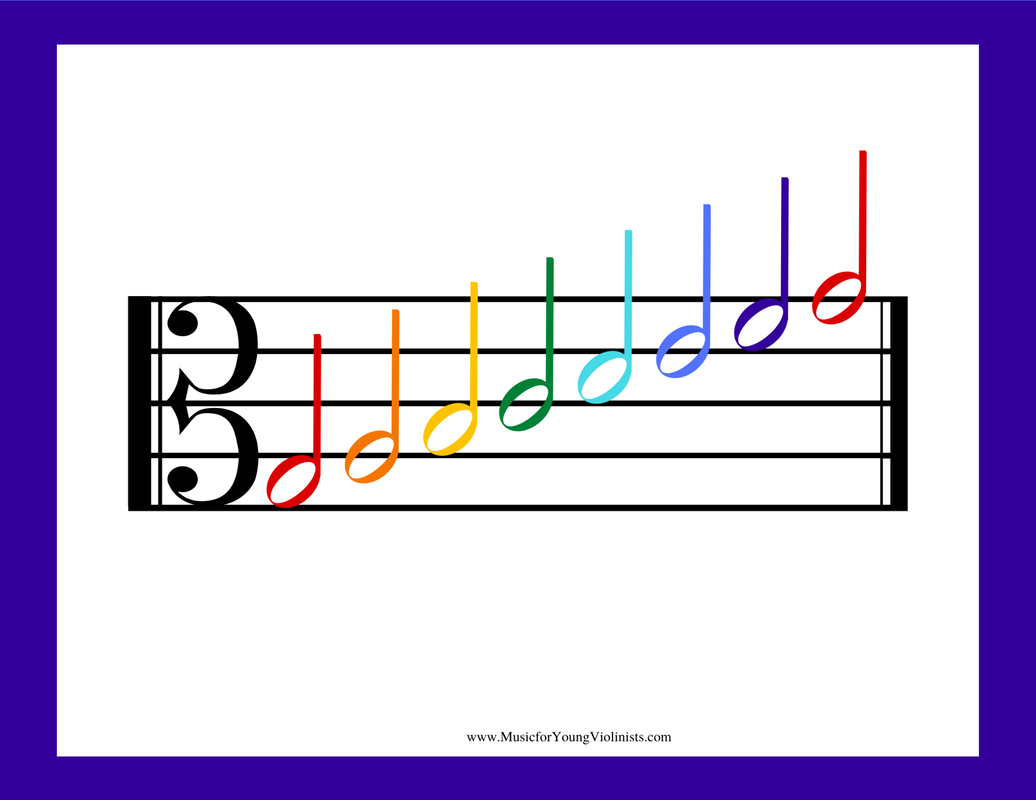
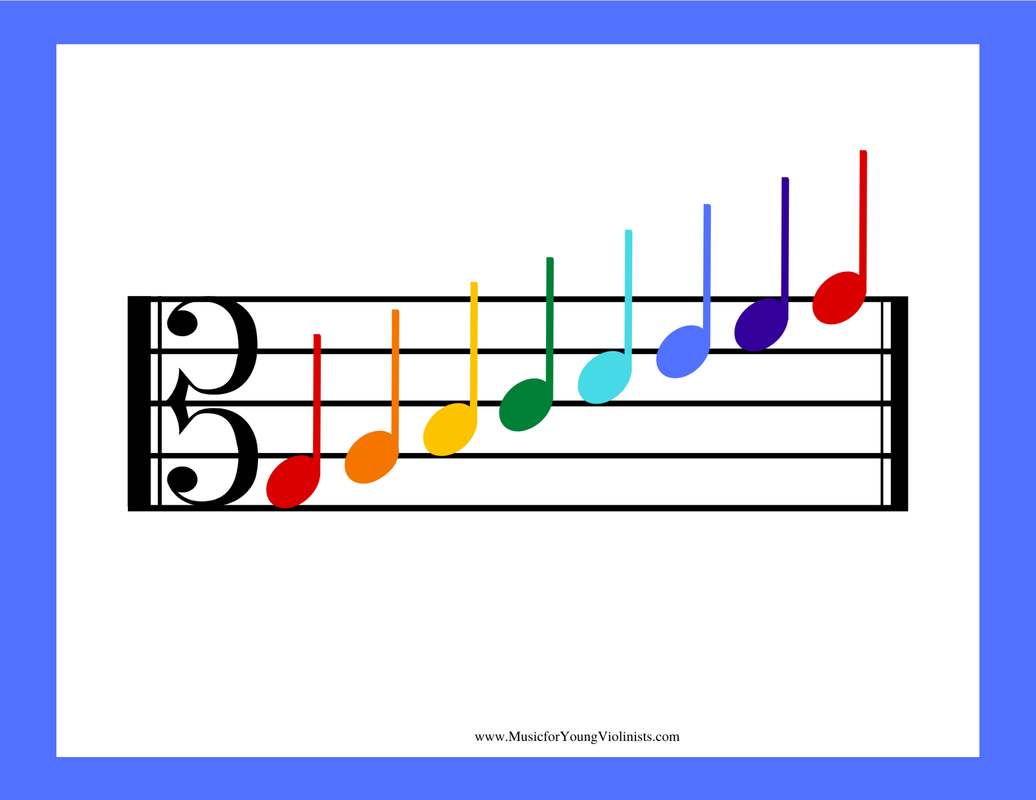
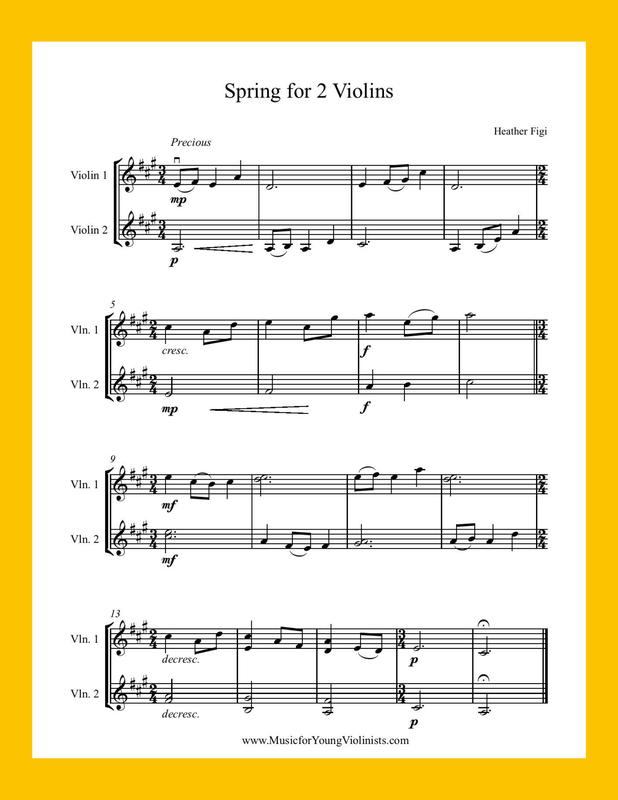
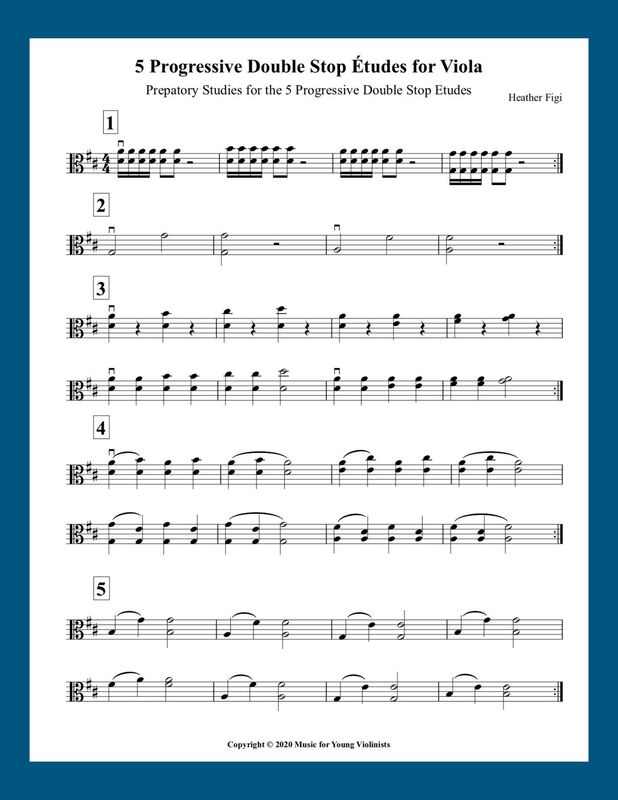
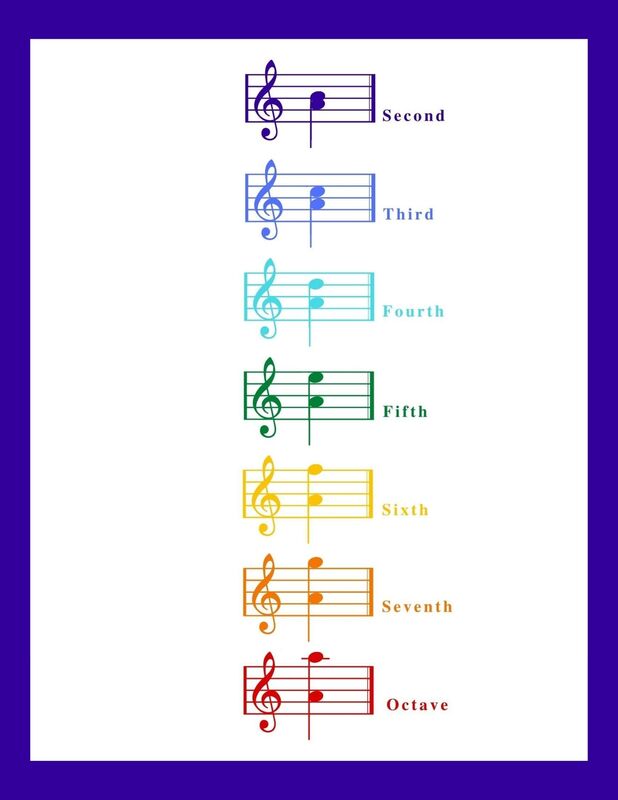
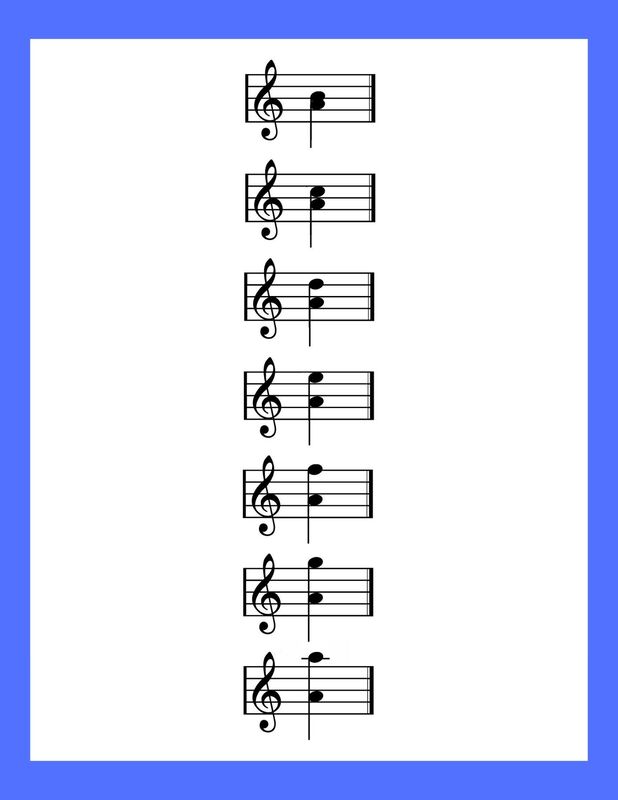
 RSS Feed
RSS Feed
